Length
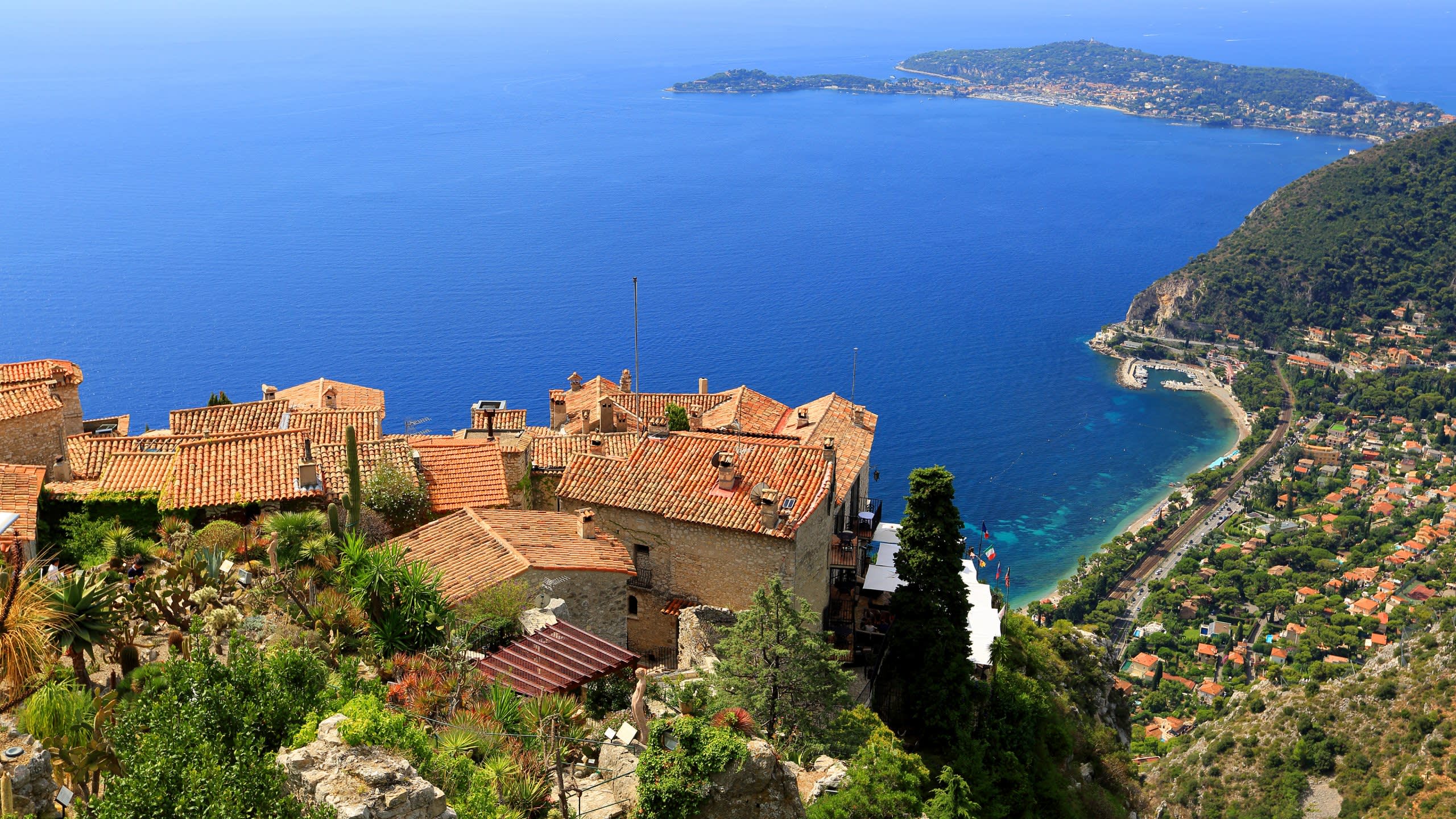
Yachting's Favourite Playground
Monaco to Nice. Cruising the French Riviera is not a once in a lifetime experience. It's an annual, unmissable event.

Monaco to Nice. Cruising the French Riviera is not a once in a lifetime experience. It's an annual, unmissable event.

Day 01
Monaco is the byword for glamour, gaming and the world’s greatest Grand Prix. Hedonists, racing fans and epicureans descend on the world’s chicest city-state for good reason. It boasts more bars, cars and Michelin stars per square metre than anywhere else on earth.
An amphitheatre of billion-dollar real estate surrounds the superyacht-laden port. Modern-day Monaco is like a mini-Manhattan, or a Mediterranean Hong Kong. Indeed, the nation is outrageously cosmopolitan with a cuisine to match, from ceviche and sushi to contemporary Italian and classic French. Each May, the Monaco Grand Prix weaves through these gilded streets. Visitors may cruise the circuit in a rented Ferrari F430 anytime, or take a stab at Michael Schumacher’s 1m14s fastest lap.
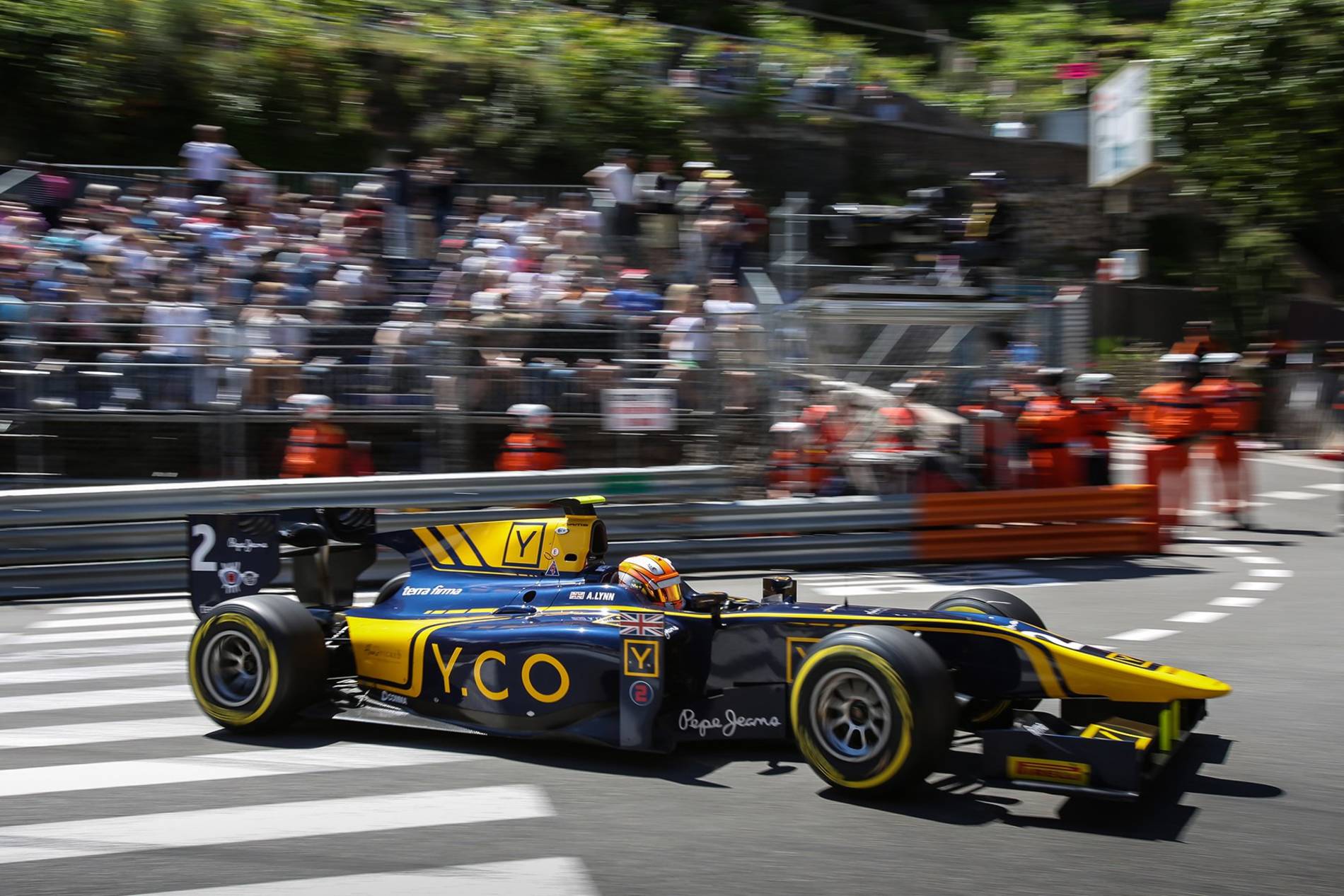
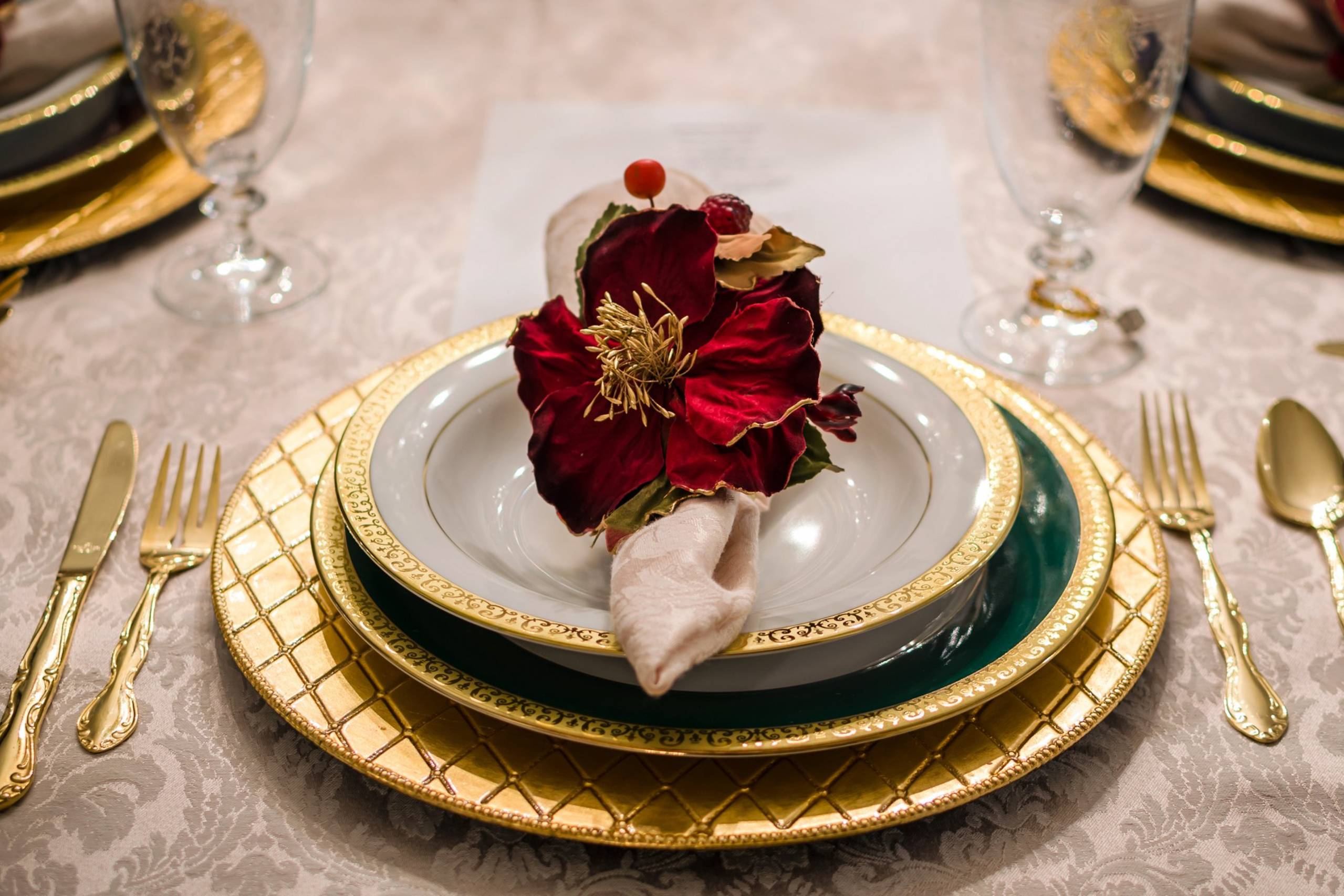
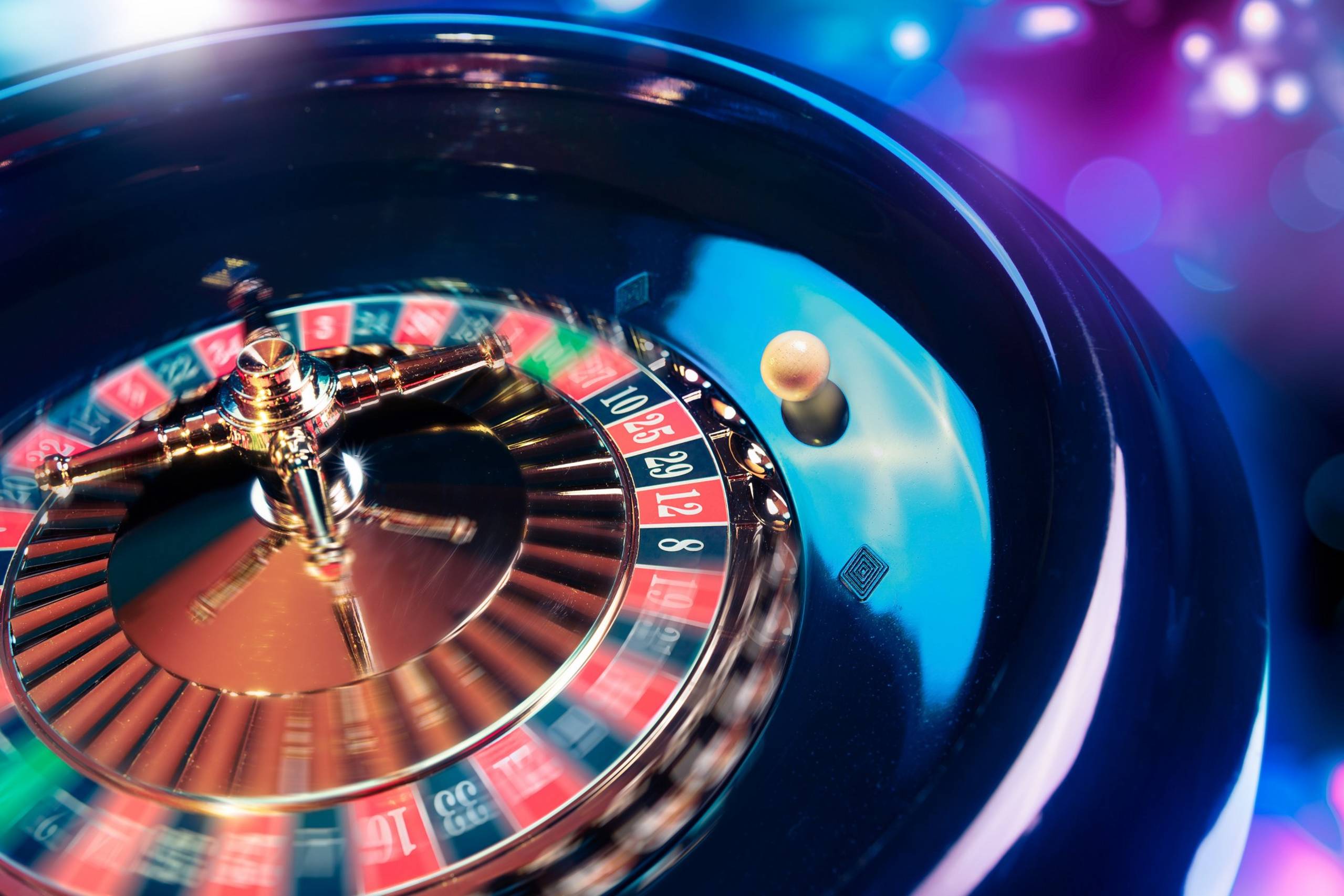
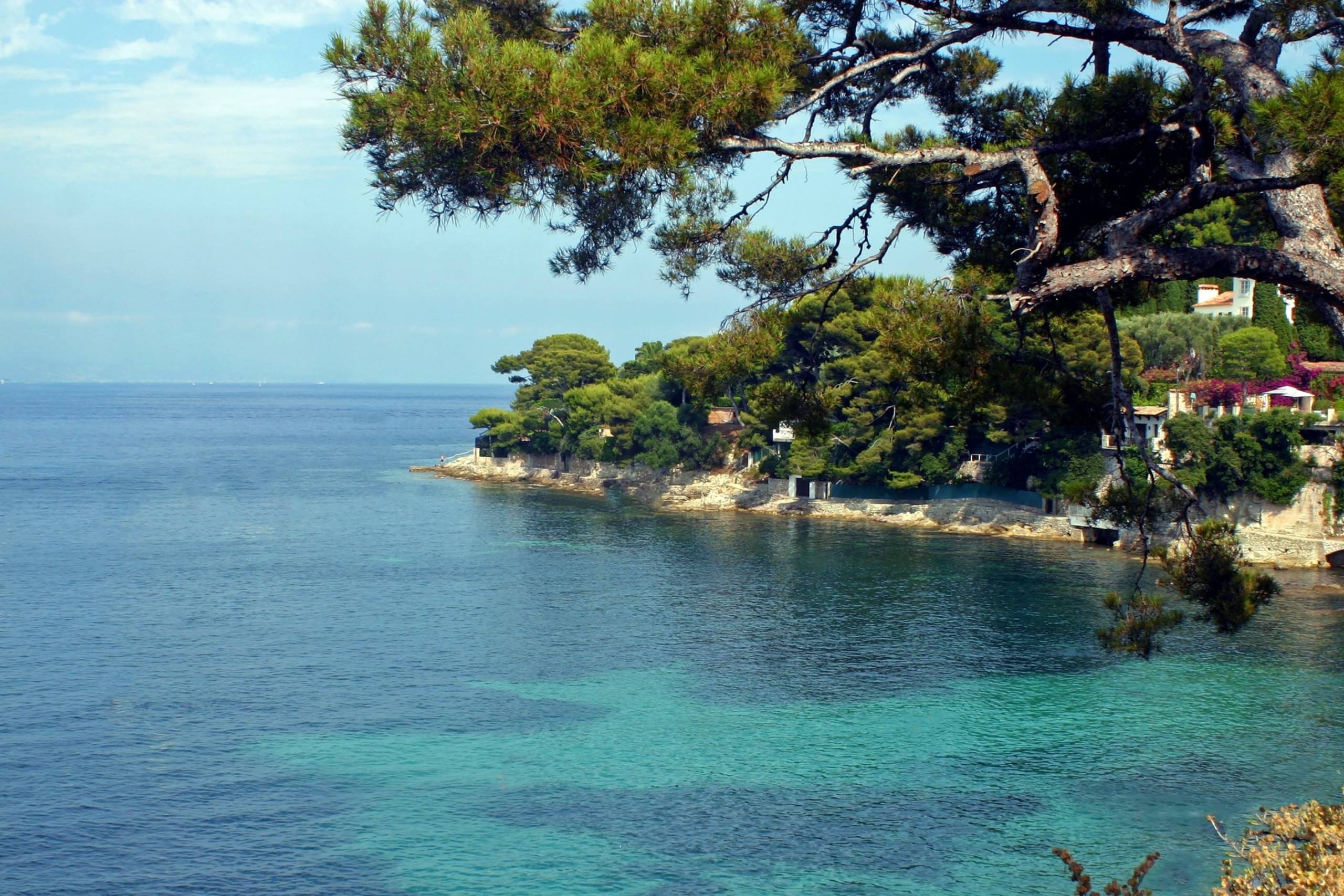
Day 02
Cap Ferrat is arguably Europe’s most sumptuous strip of land. It’s easily its most wealthy, with a spread of French châteaux and Italianate palazzi that can be seen from miles out at sea. The peninsula punches into the Mediterranean in a succession of six secluded bays. Each one is ringed by tropical trees and blessed with a powdering of sand.
‘Le Cap’ encloses the Cote d’Azur’s most magnificent natural harbour, the Rade de Villefranche. As well as guaranteeing calm seas, it shelters astounding dive sites and several Michelin-starred restaurants. Moor up in this Riviera playground and nothing is more than a five-minute tender ride away.

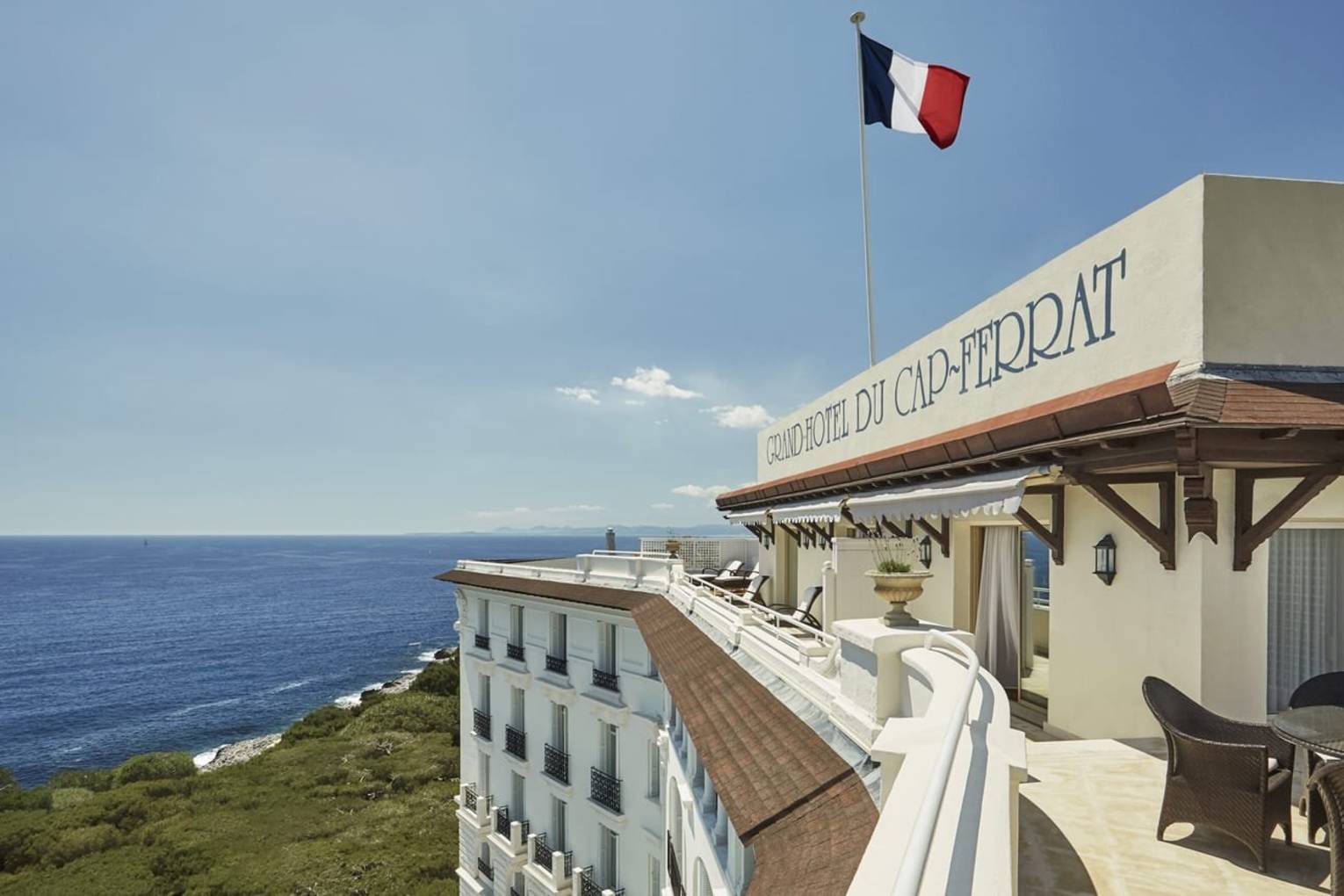
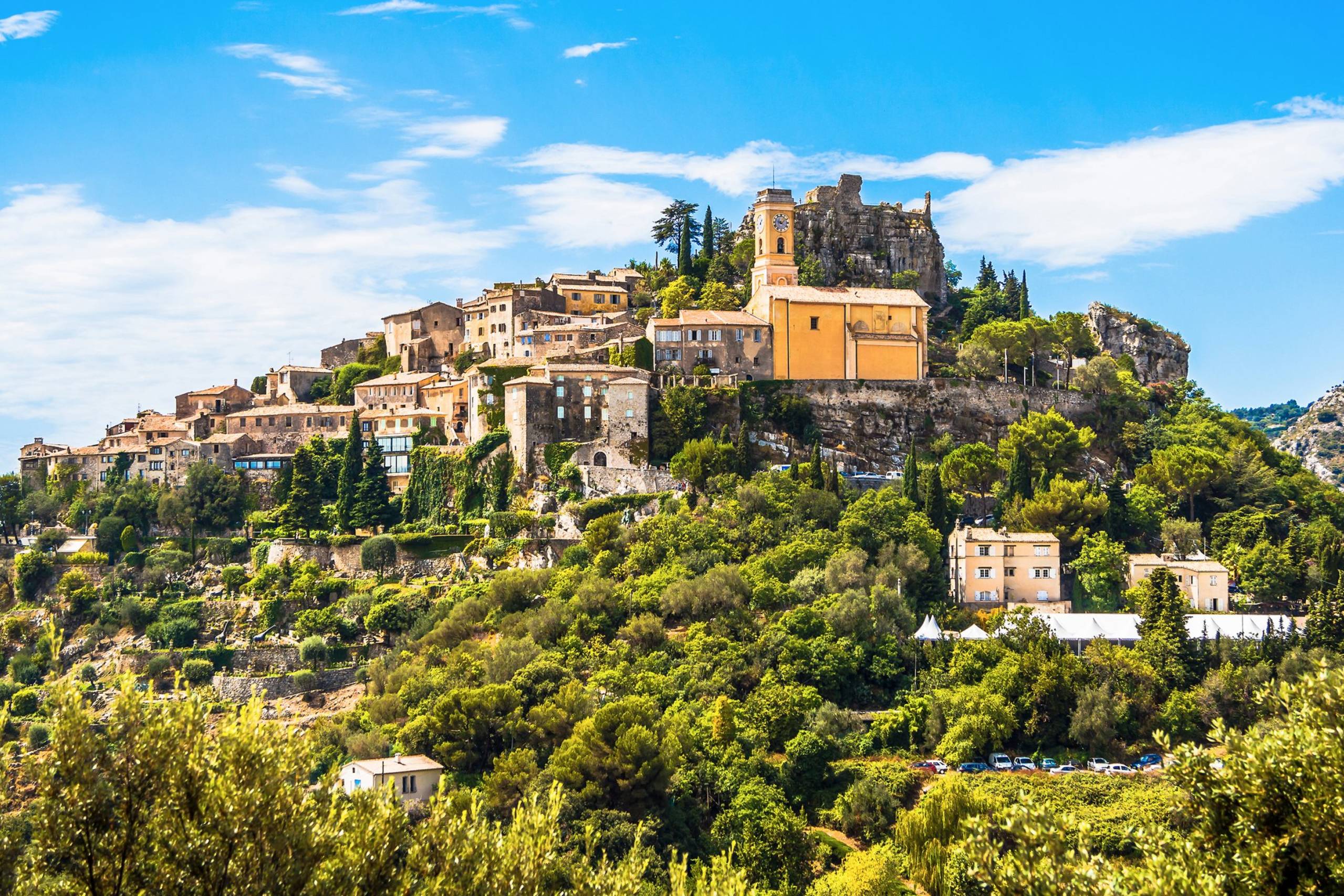
Day 03
Eze is a veritable eagle’s nest. Known as a village perché, or perched village, it balances above Cap Ferrat like a Disney-esque redoubt. The panorama from its pavement cafés runs from St Tropez to San Remo. Superyachts moor below in the resort of Eze-sur-Mer. A summer playground of European royalty, visitors may frequent its fine dining beach clubs wearing nothing but Vilebrequin shorts. The surrounding roads around Eze have formed the backdrop for many a feature film. In the Hitchcock classic, To Catch A Thief, Grace Kelly rode point with Cary Grant as the pair corkscrewed down to Monaco. Bond film Goldeneye pitched Pierce Brosnan’s vintage DB-5 against Russian assailant Xenia Onatopp's Ferrari 355GTSs.



Day 04
Locals call it ‘Nissa la Bella’. The beautiful city drew its wealth from the beautiful people a century ago, as Tsar Nicholas and Pablo Picasso came to play. Artist Henri Matisse painted its flower markets and pavement cafés. His Matisse Museum makes a pleasant change from the beach: although Nice does boast 300 days of sun per year.
The city revels in its polyglot past. Greeks named it ‘Nike’ after their victory God. Italians left the colourful Old Town that endures to this day. Its cosmopolitan cuisine blends Niçois olives with pesto and tarama. Indeed, little Nice holds more Michelin stars than France’s second city, Marseille.
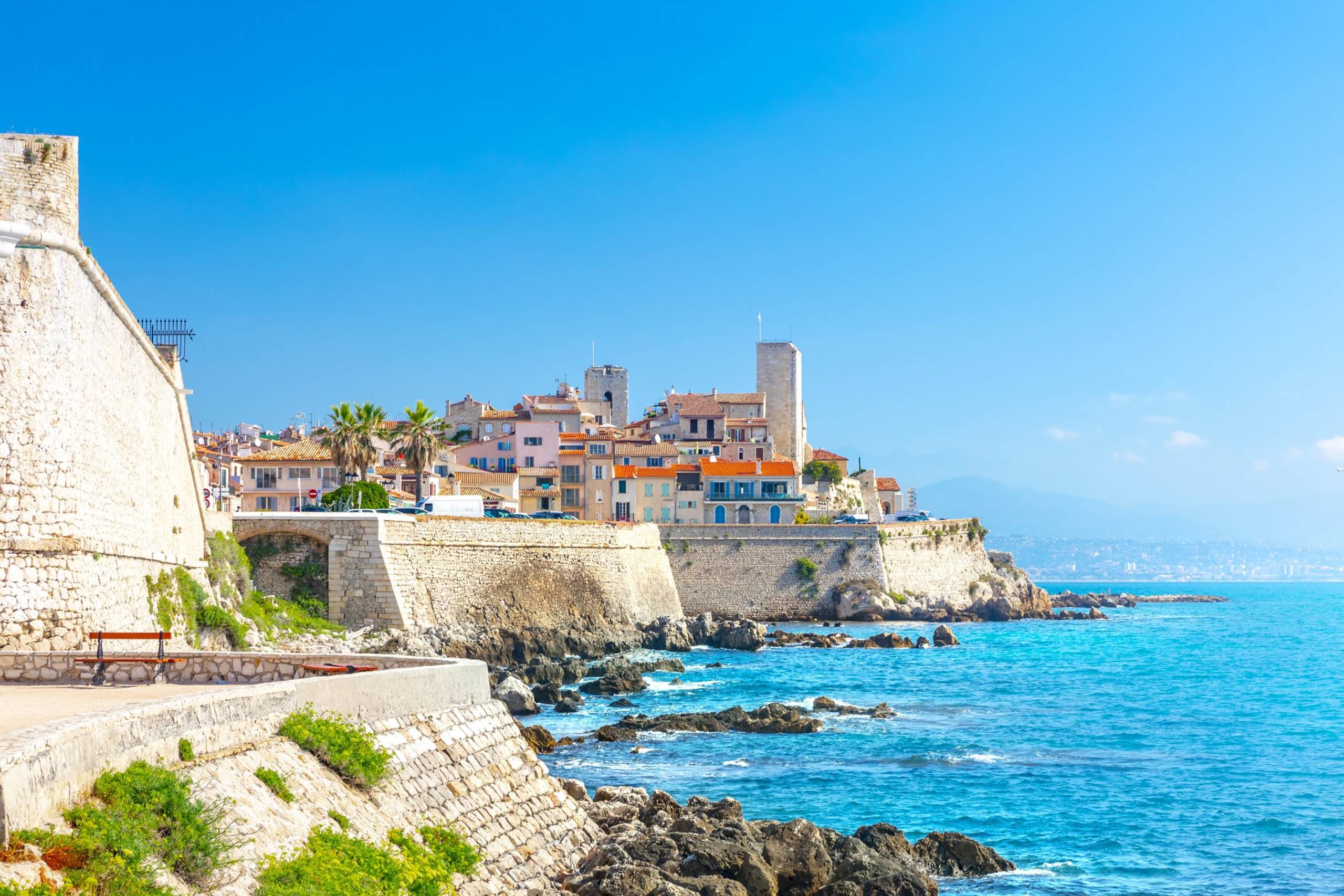
Day 05
The fortified harbour of Antibes was built to keep foreign vessels out. But it only succeeded in inviting them in. Countless superyachts now call this magnificent port home.
The town’s white stone ramparts formed a medieval backdrop for the likes of Picasso and Monet. Today they encircle an impossibly pretty warren of restaurants, markets and pavement cafés. A simple glass of pastis in Antibes’ bustling square of Place National still elicits a childish charm. In Picasso’s words: “It takes a long time to become young”.
F. Scott Fitzgerald and Ernest Hemingway turned the adjoining Cap d’Antibes into Europe’s most hedonistic stretch of coast. Today’s celebrities – Madonna and the Beckhams included – don’t stumble around it, but jog instead.


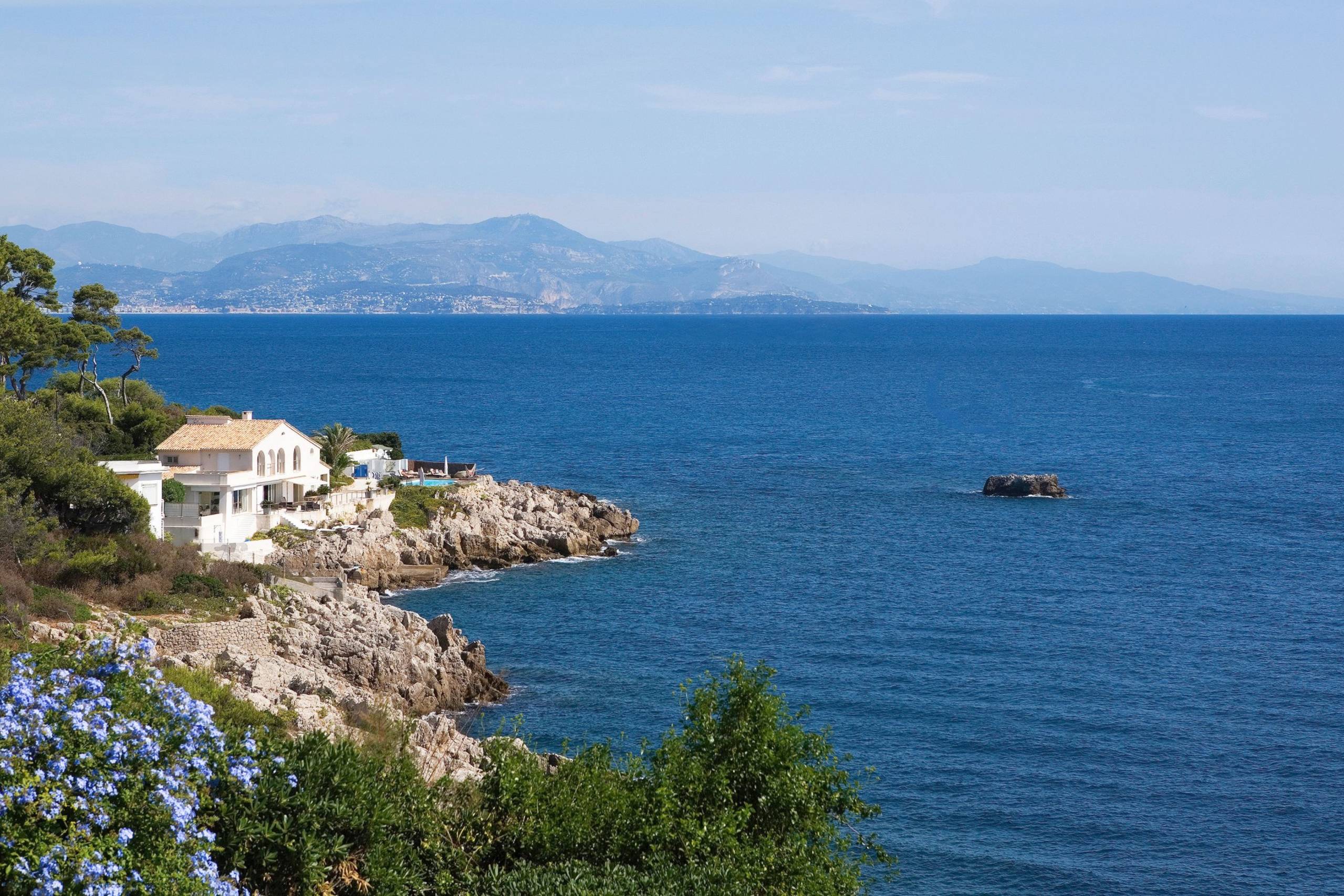
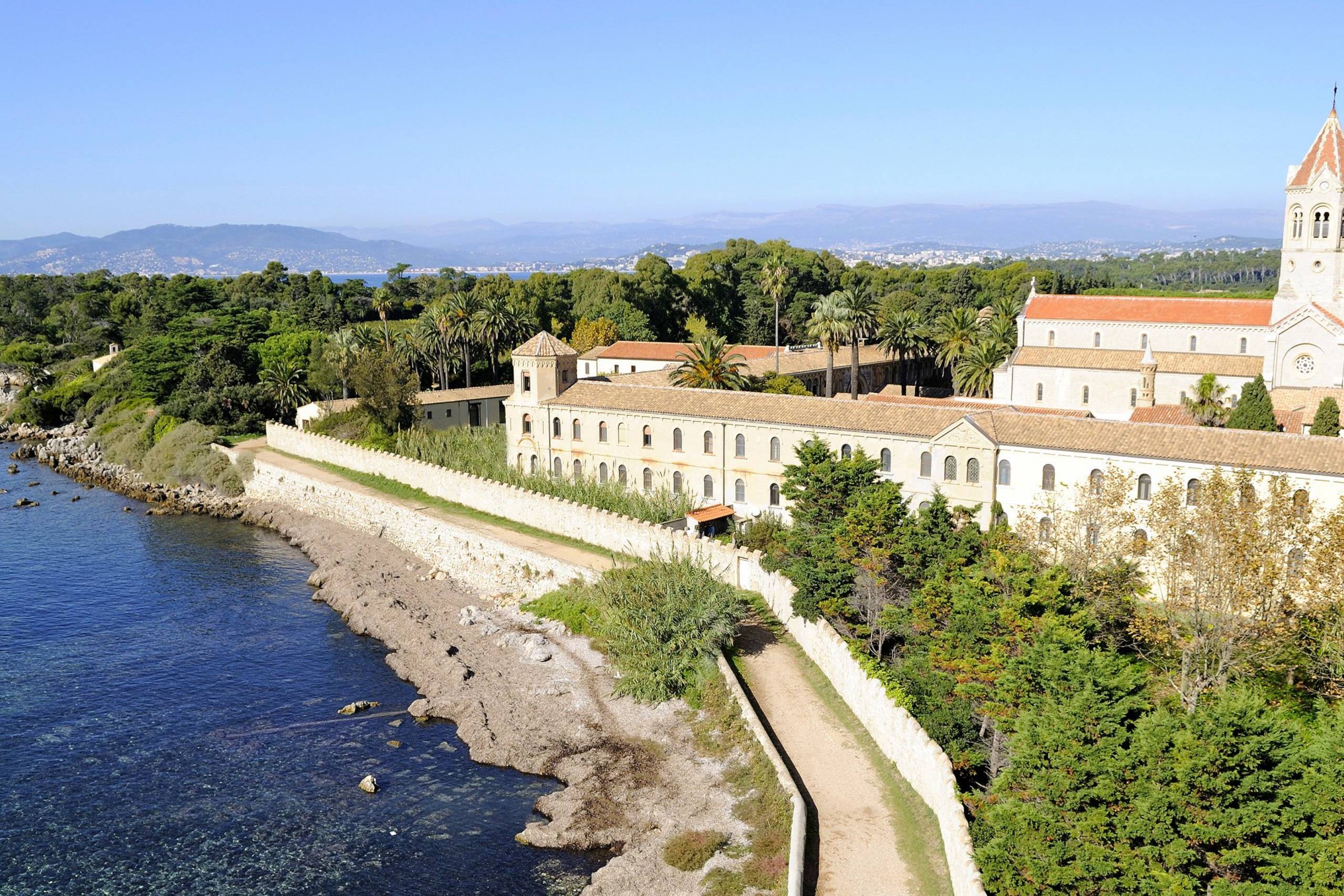
Day 06
A mile from Cannes, the two Lérins Islands boast subtropical fauna onshore and a marine paradise just off of it. It’s not only a car-free status that keeps the islands pristine. Ile Ste-Marguerite and Ile St-Honorat are served only by a limited ferry service from the mainland, so one of the few ways to visit is by superyacht. The Man in the Iron Mask was allegedly incarcerated on Ile Ste-Marguerite a few centuries before. Rotten luck for him, as the island is ringed by snorkelling spots, eucalyptus groves and private coves. On neighbouring Ile St-Honorat the sole establishment is La Tonnelle, a restaurant as exclusive as it is sublime.
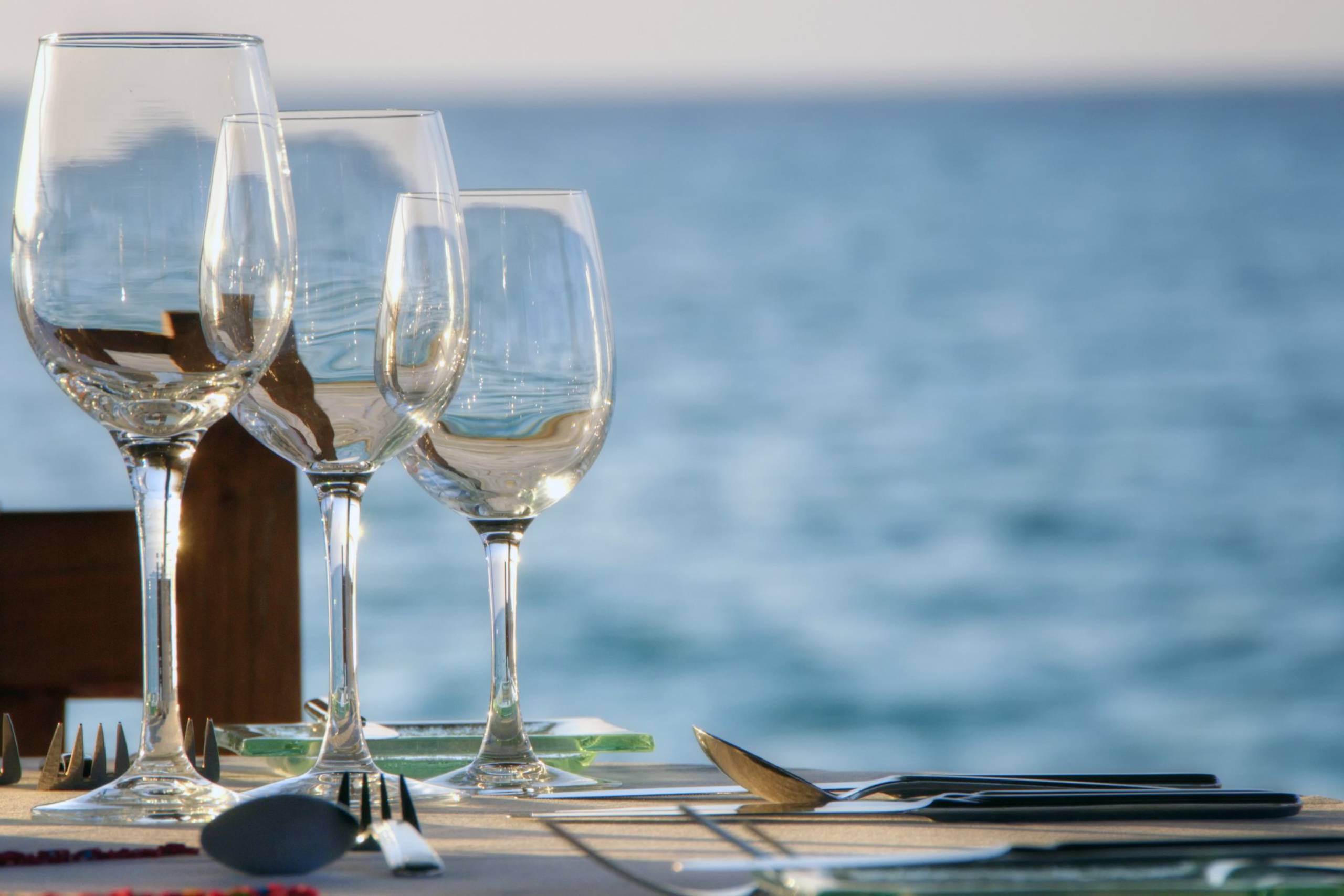
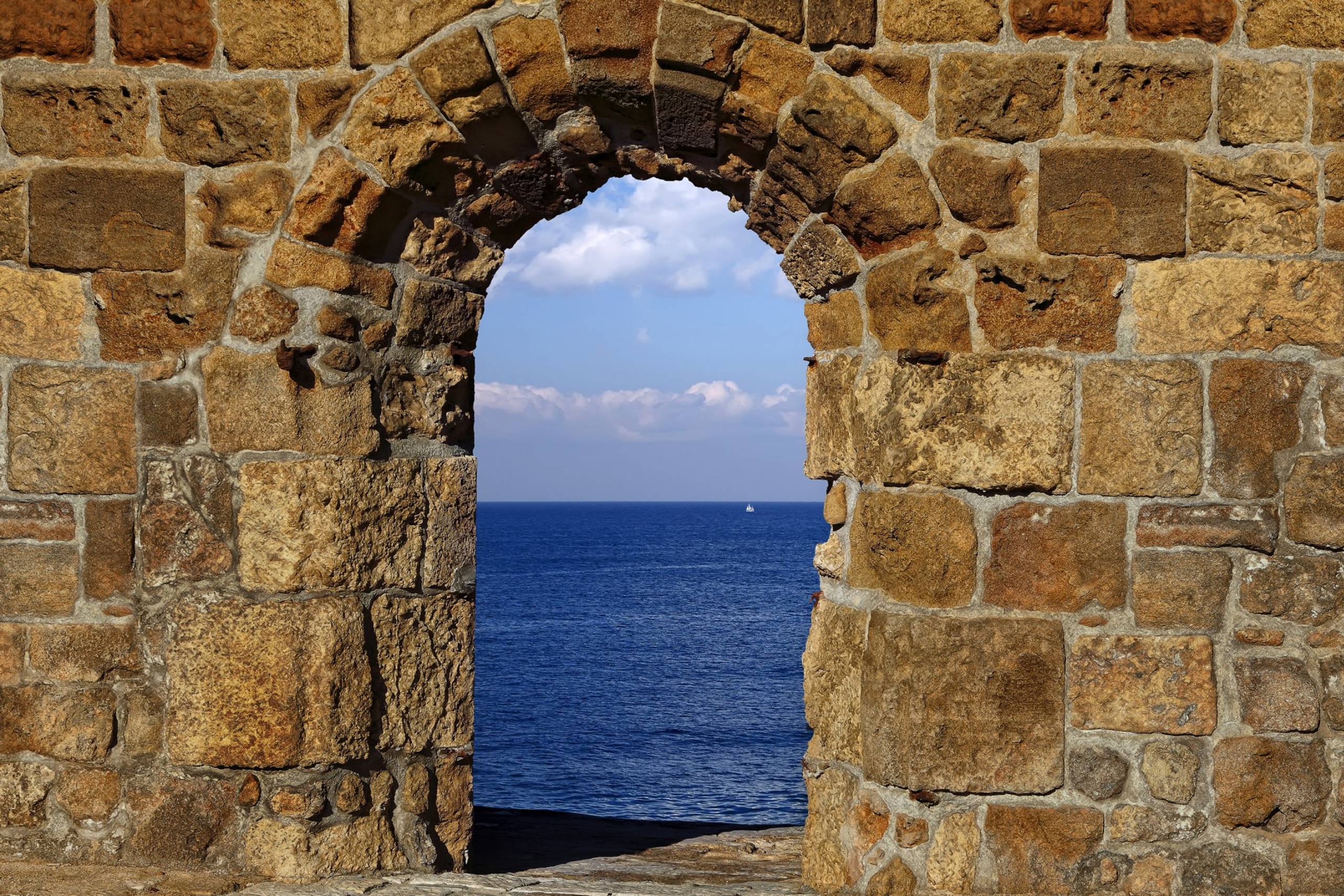
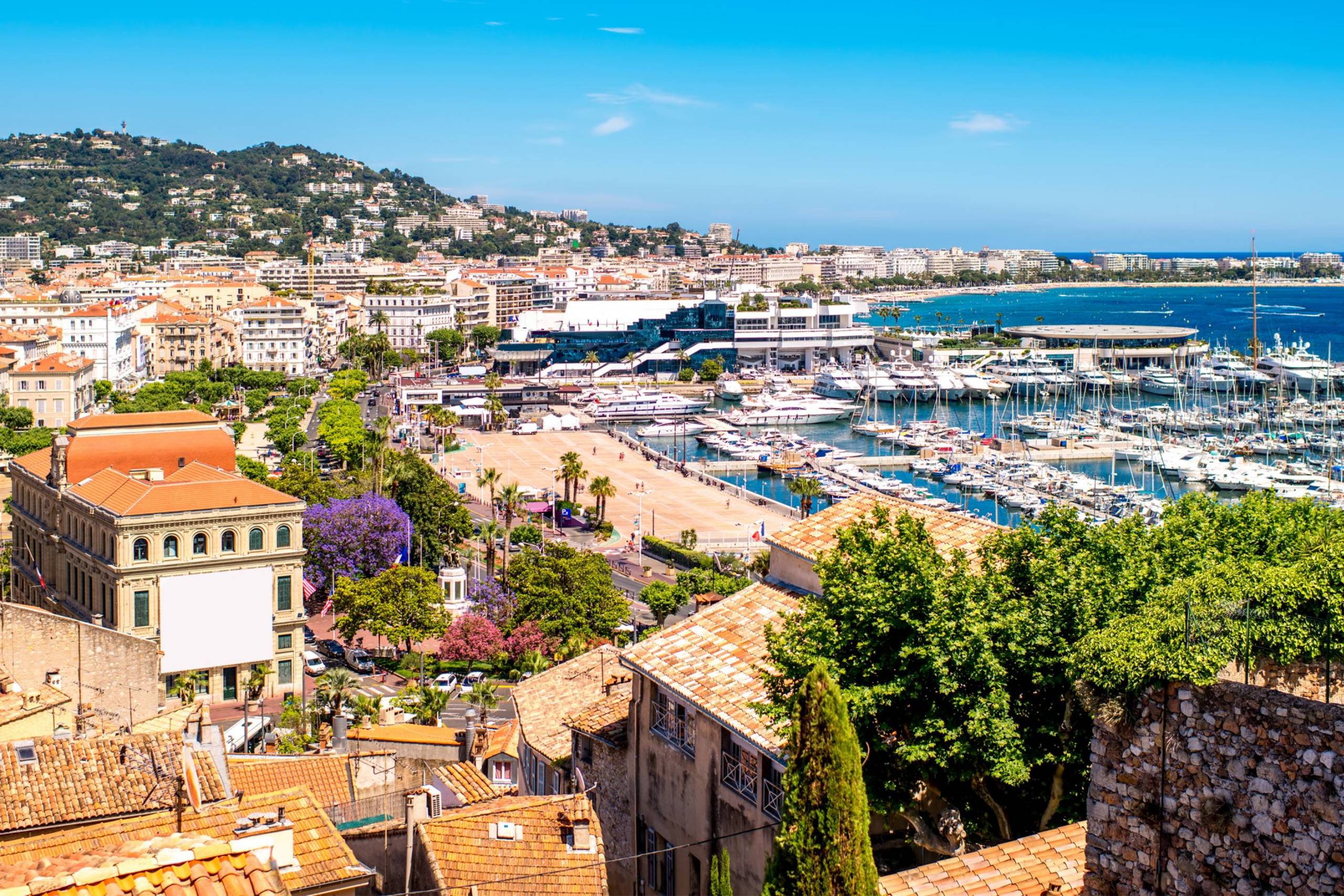
Day 07
Cannes was founded on serious money – and the town has never looked back. It was British Chancellor of the Exchequer Lord Brougham who stumbled upon the sublime setting in 1834. Like any good businessman, he snapped up the coast cheaply, selling land on to lesser European aristocrats at exorbitant rates. Some English Lords brought their own gardeners with them. Others brought their own lawns. Whether Russian-financed, Italian-built or Moorish-styled, their fin de siècle villas now dot the coast. A carefree generation of writers and artists, from F. Scott Fitzgerald to Jean Cocteau, arrived in the 1920s. The grand hotels that dominate the Cannes skyline – the Martinez and Carlton among them – are a legacy of those decadent times. Cannes has long been more celebrity-focussed than St Tropez, more ‘fun’ than Cap Ferrat.


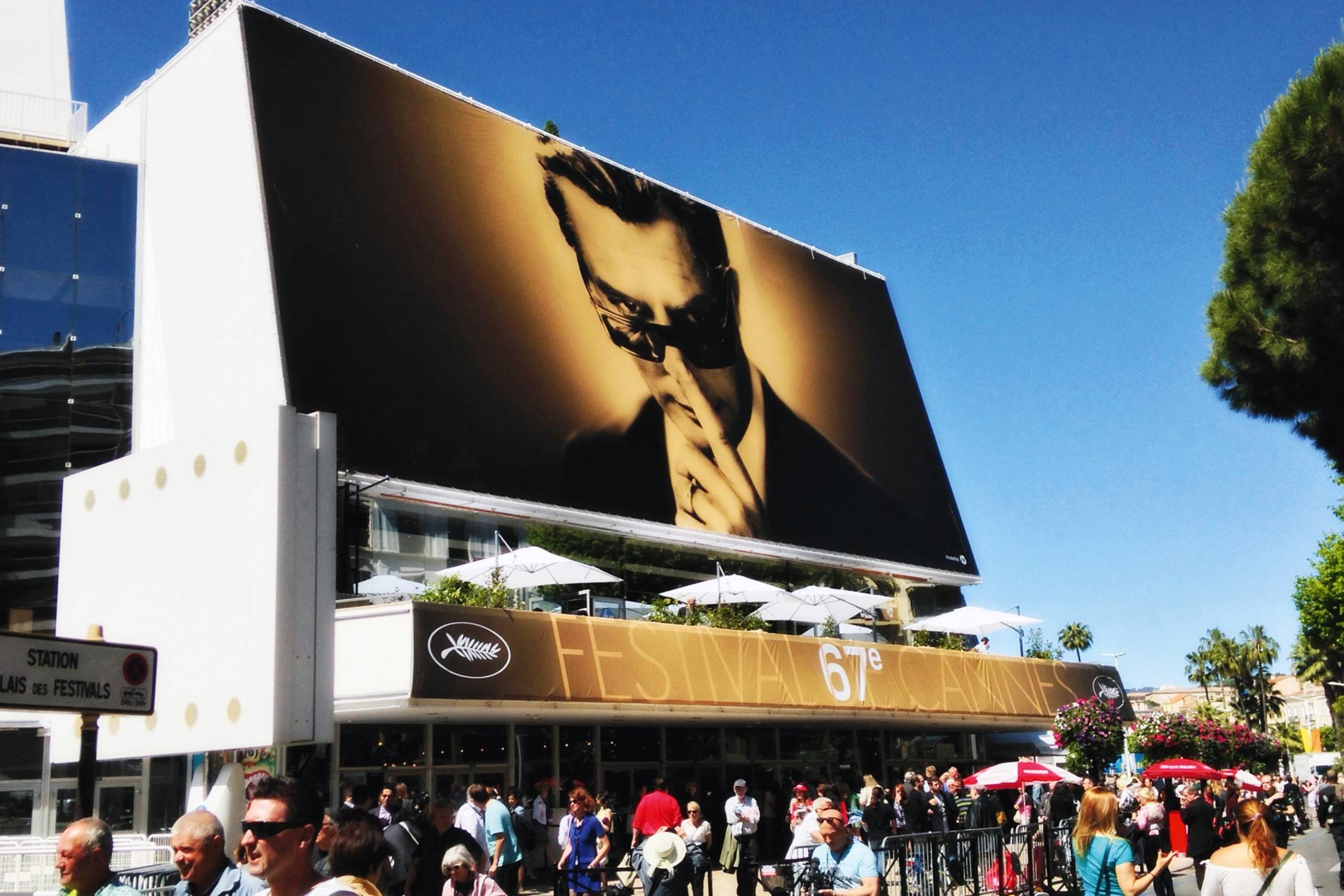
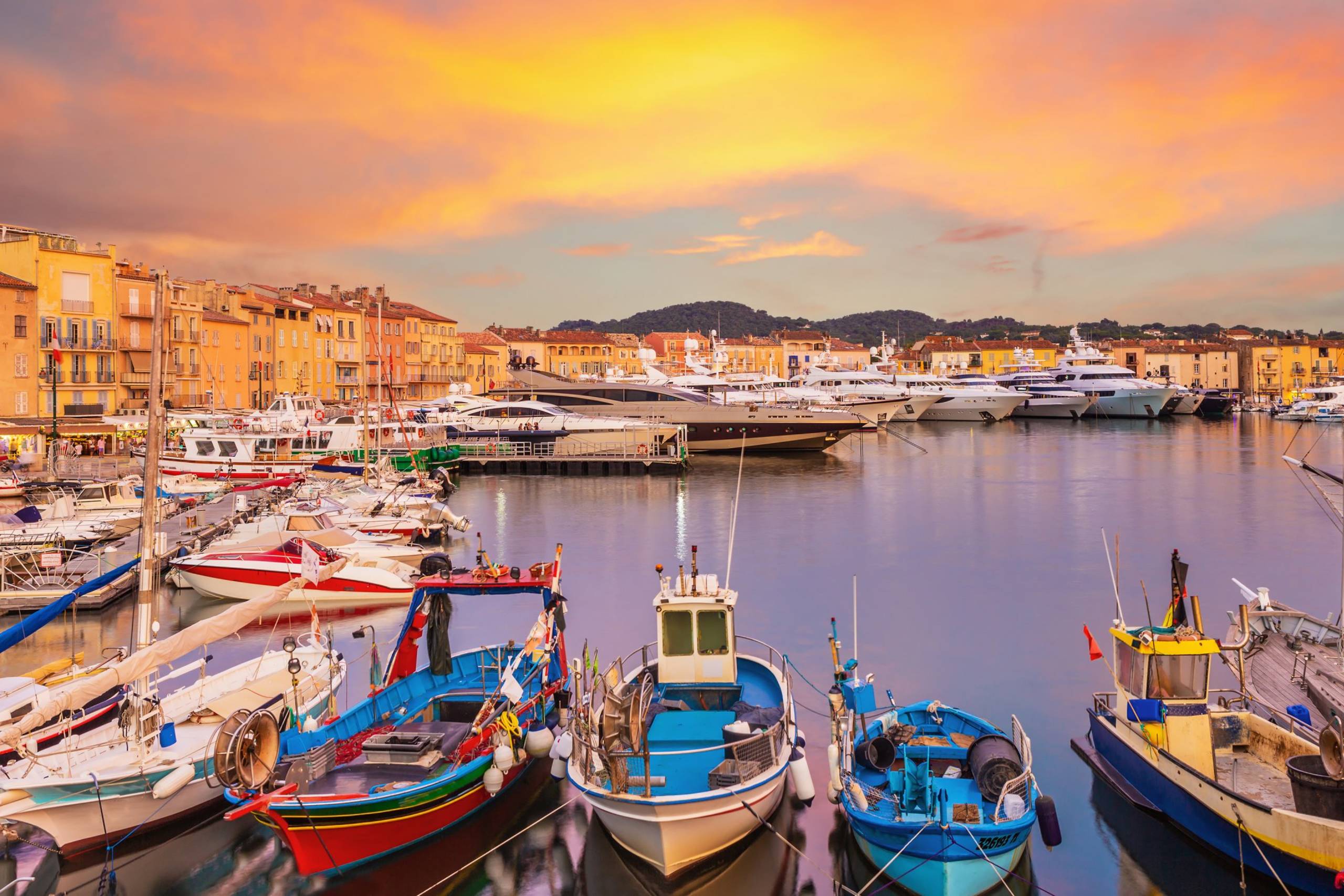
Day 08
In 1882, artist Paul Signac sailed his yacht Olympia into St Tropez. He found a living canvas ablaze with colours, characters and countless cafés, but it was Brigitte Bardot who tempted hedonists, not artists, down to the sun. The young sex symbol was a breathless advertisement for the resort in her 1956 movie "And God Created Woman", shimmying suggestively through the nightclubs of St Tropez.
The scene is similarly liberal 50 years on. The Vieux Port establishments that served Bardot and Alain Delon now attract the likes of George Clooney and Keith Richards. Other areas of town are wildly hedonistic, most notably Plage de Pampelonne.
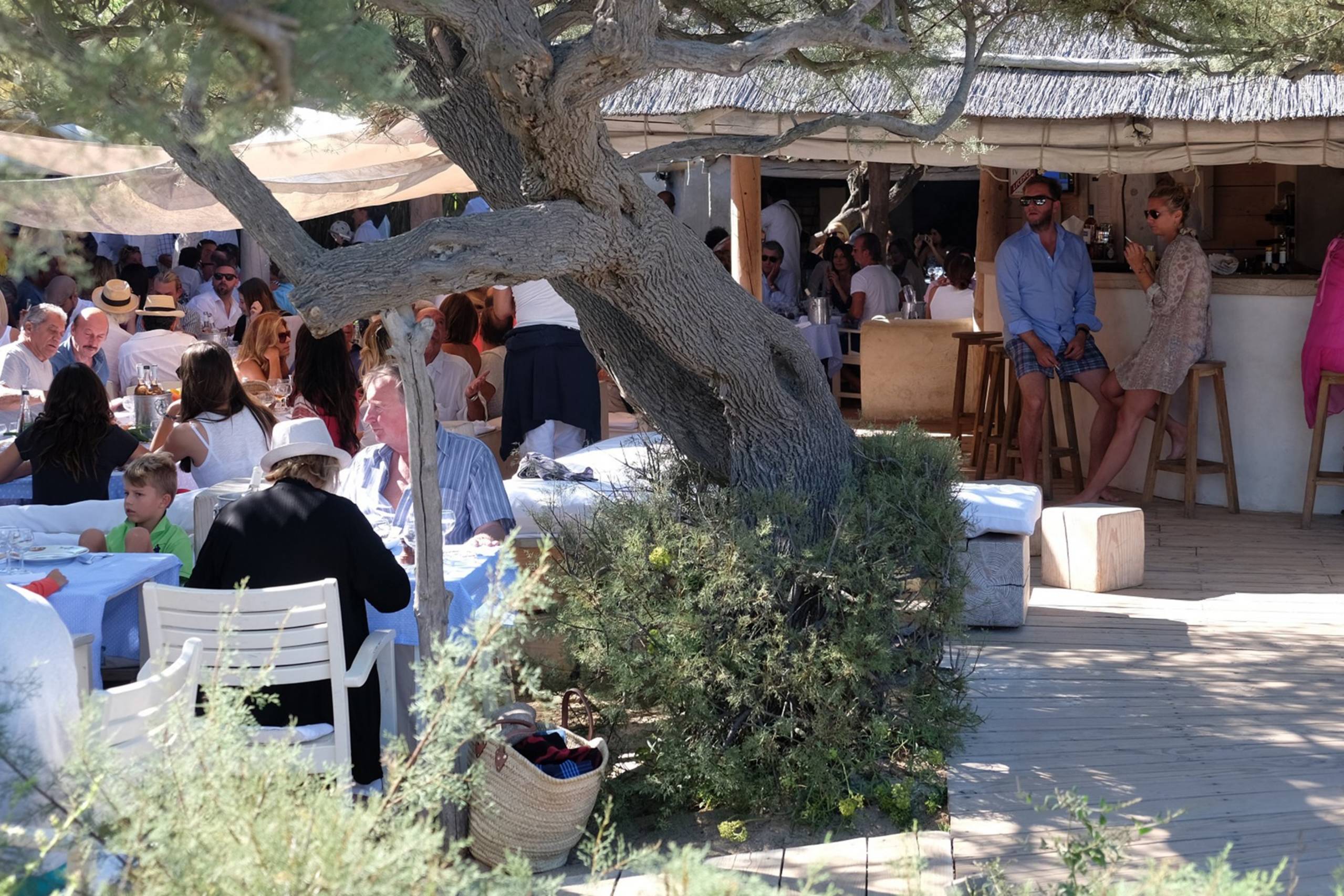
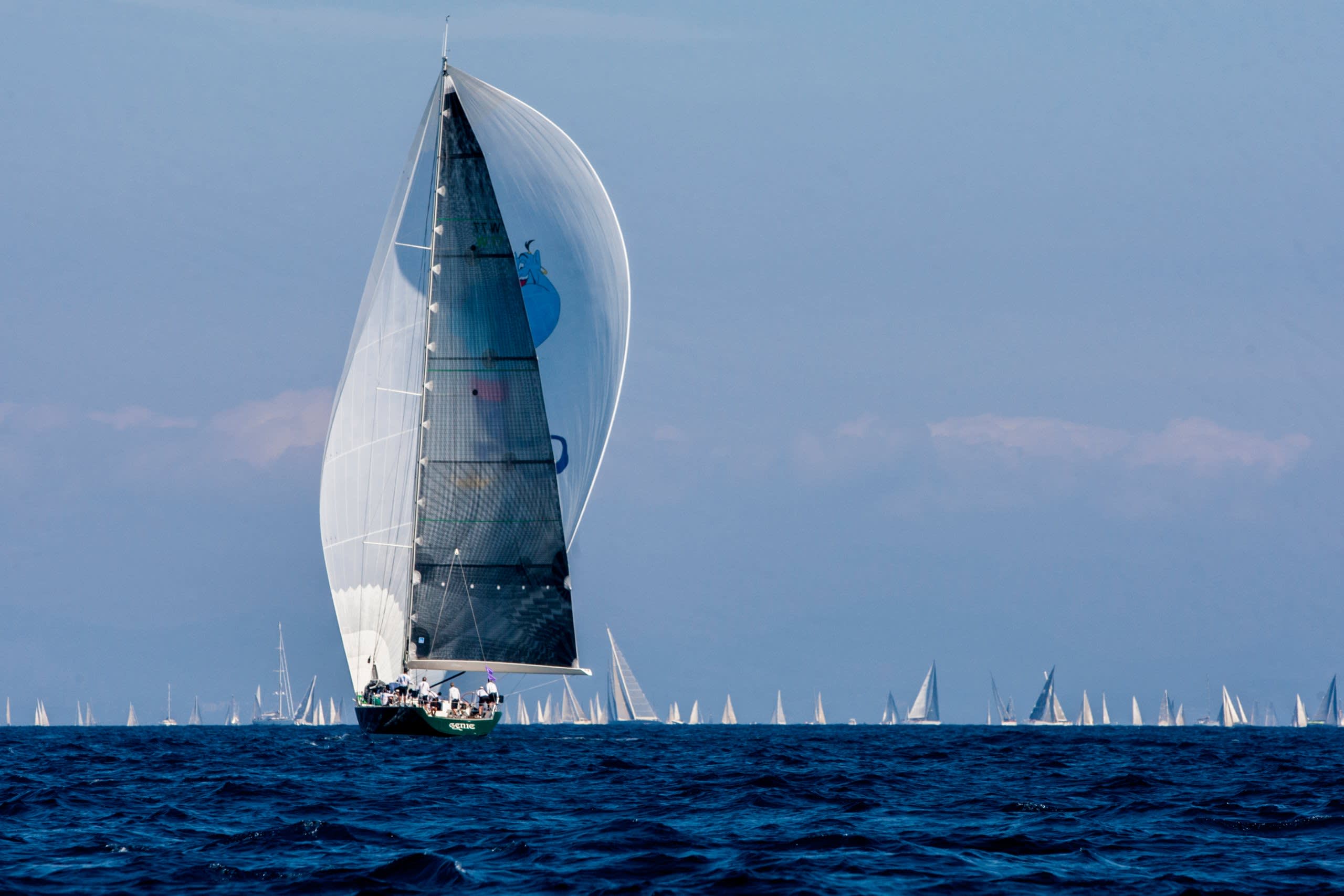


Day 09
The Eden-like islands of Porquerolles and Port-Cros are among the sunniest places in all France. Each combines Bahama-blue water with Thai-style golden sand. Better still, both islands bask in National Park status. Each is unspoilt, car-free and – after the odd ferry returns to the mainland – totally tourist-free.
Porquerolles is a gentle weave of green hills, stone forts and white sand shores. Imagine St Lucia or Dominica with added rosé. Indeed, the island has its own 34-hectare vineyard, Domaine de l'Ile. Bottles can be sampled at the domain itself or at l'Olivier, the single Michelin-starred Mediterranean restaurant on Porquerolles’ southern tip.
Tiny Port-Cros is feral and untamed. Some 35km of walking and jogging tracks wind through its Mediterranean forest wilderness. A series of undersea snorkelling trails lead out across deserted bays.
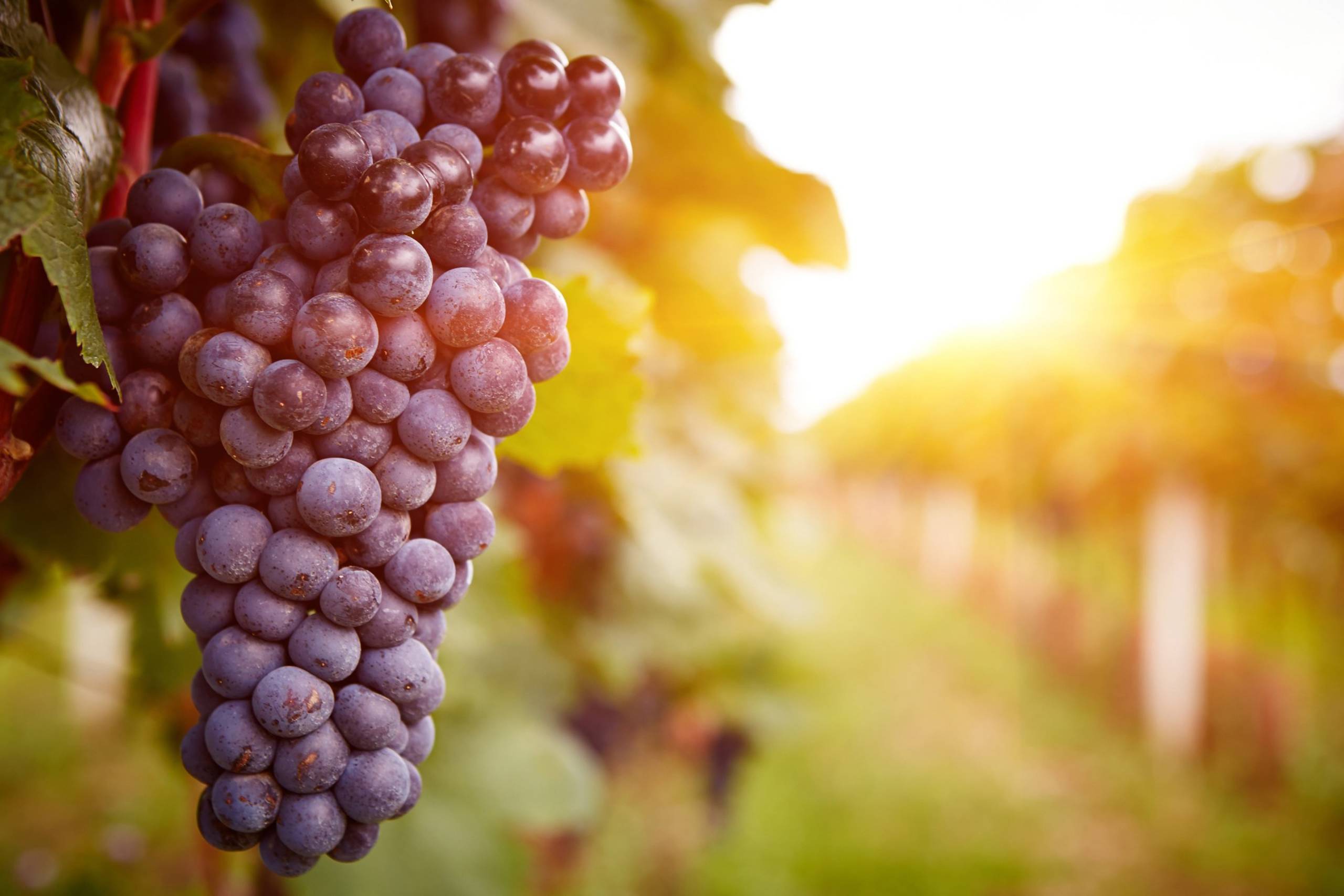

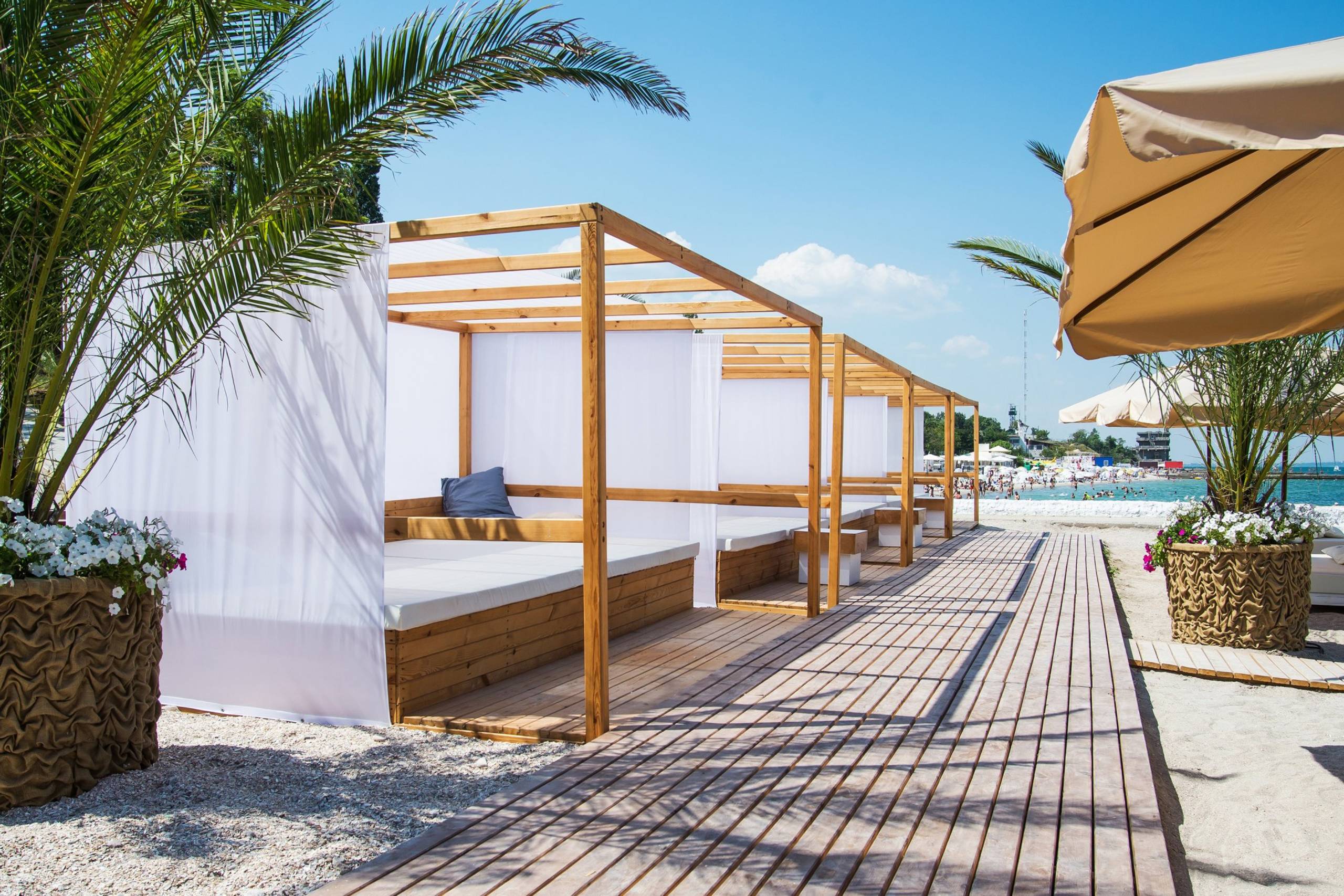
Day 10
Welcome to the most hedonistic beach in the world. At beach clubs like Club 55, ordering merely a single magnum of Deutz is frowned up. However spraying it over your dining guests is considered de rigueur.
Plage Pampelonne has attracted fun-lovers for five decades. Brigitte Bardot and Alain Delon cavorted in the golden sands. Paris Hilton and Keith Richards are current fans. Licentiousness continues along the 5km sands. Champagne corks pop faster than a Ferrari on the coast road from Sainte Maxime. But be aware of Tahiti Plage – it’s 100% nude.
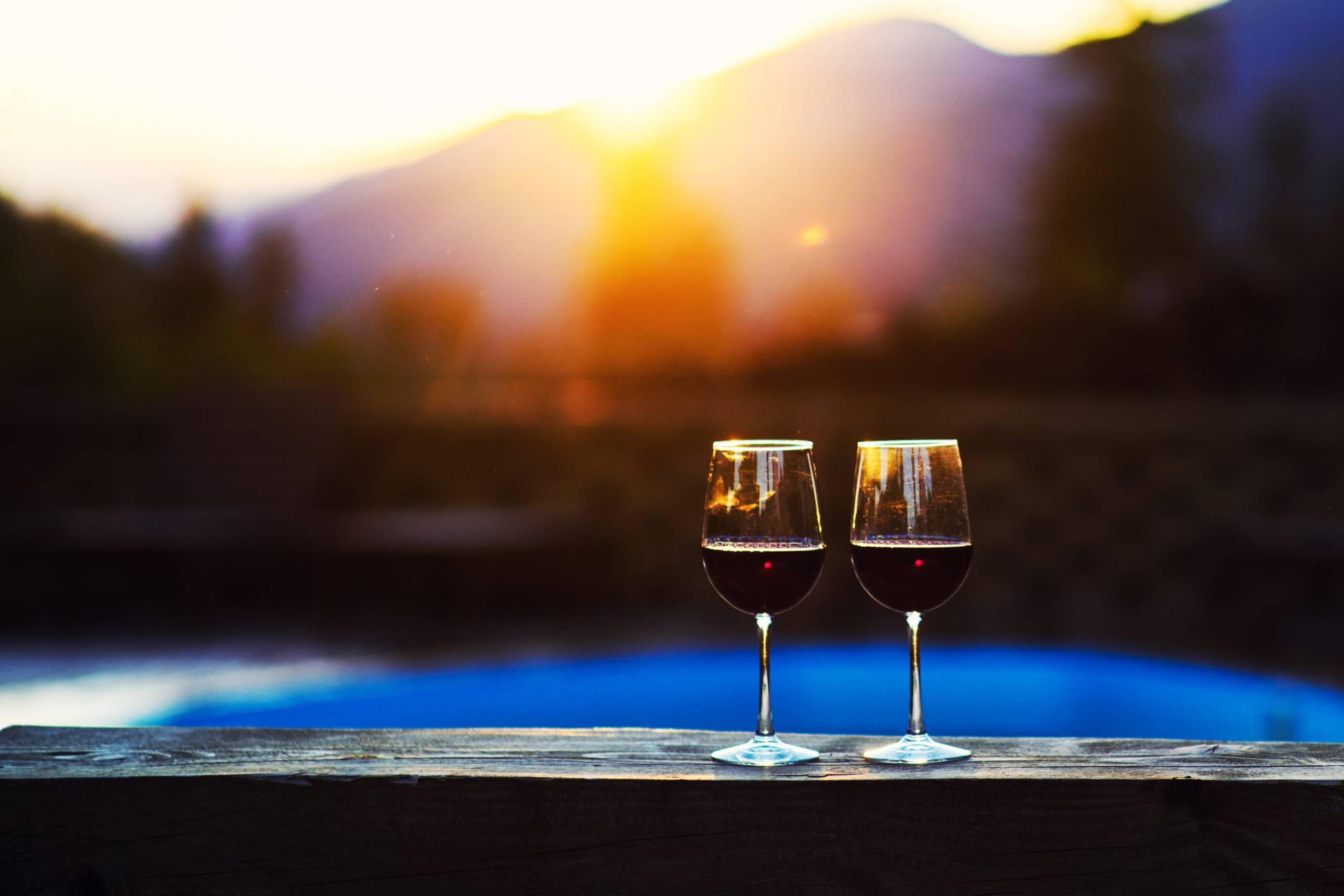
Day 11
Natural beauty, year-round sunshine, turquoise blue waters and a Mediterranean climate. From the palm-lined Promenade des Anglais alive with pavement cafés to the atmospheric old town bustling with flower markets. Nice is the unofficial capital of the Côte d’Azur, an enchanting seaside city buzzing with Riviera glam.
Monaco is the byword for glamour, gaming and the world’s greatest Grand Prix. Hedonists, racing fans and epicureans descend on the world’s chicest city-state for good reason. It boasts more bars, cars and Michelin stars per square metre than anywhere else on earth.
An amphitheatre of billion-dollar real estate surrounds the superyacht-laden port. Modern-day Monaco is like a mini-Manhattan, or a Mediterranean Hong Kong. Indeed, the nation is outrageously cosmopolitan with a cuisine to match, from ceviche and sushi to contemporary Italian and classic French. Each May, the Monaco Grand Prix weaves through these gilded streets. Visitors may cruise the circuit in a rented Ferrari F430 anytime, or take a stab at Michael Schumacher’s 1m14s fastest lap.


Monaco
The Monaco Grand Prix. It’s the most illustrious chapter of the world’s most glamorous sport. Each May, Formula 1’s finest line up outside the Automobile Club de Monaco. Moor stern-to.

Monaco
Le Louis XV is the main restaurant of the Hôtel de Paris.

Monaco
Crew can reserve a private Salon at the Casino de Monte Carlo. Each summer, luxury yacht guests can enjoy an additional alfresco gaming area with Blackjack tournaments under the Mediterranean sky.
Cap Ferrat is arguably Europe’s most sumptuous strip of land. It’s easily its most wealthy, with a spread of French châteaux and Italianate palazzi that can be seen from miles out at sea. The peninsula punches into the Mediterranean in a succession of six secluded bays. Each one is ringed by tropical trees and blessed with a powdering of sand.
‘Le Cap’ encloses the Cote d’Azur’s most magnificent natural harbour, the Rade de Villefranche. As well as guaranteeing calm seas, it shelters astounding dive sites and several Michelin-starred restaurants. Moor up in this Riviera playground and nothing is more than a five-minute tender ride away.

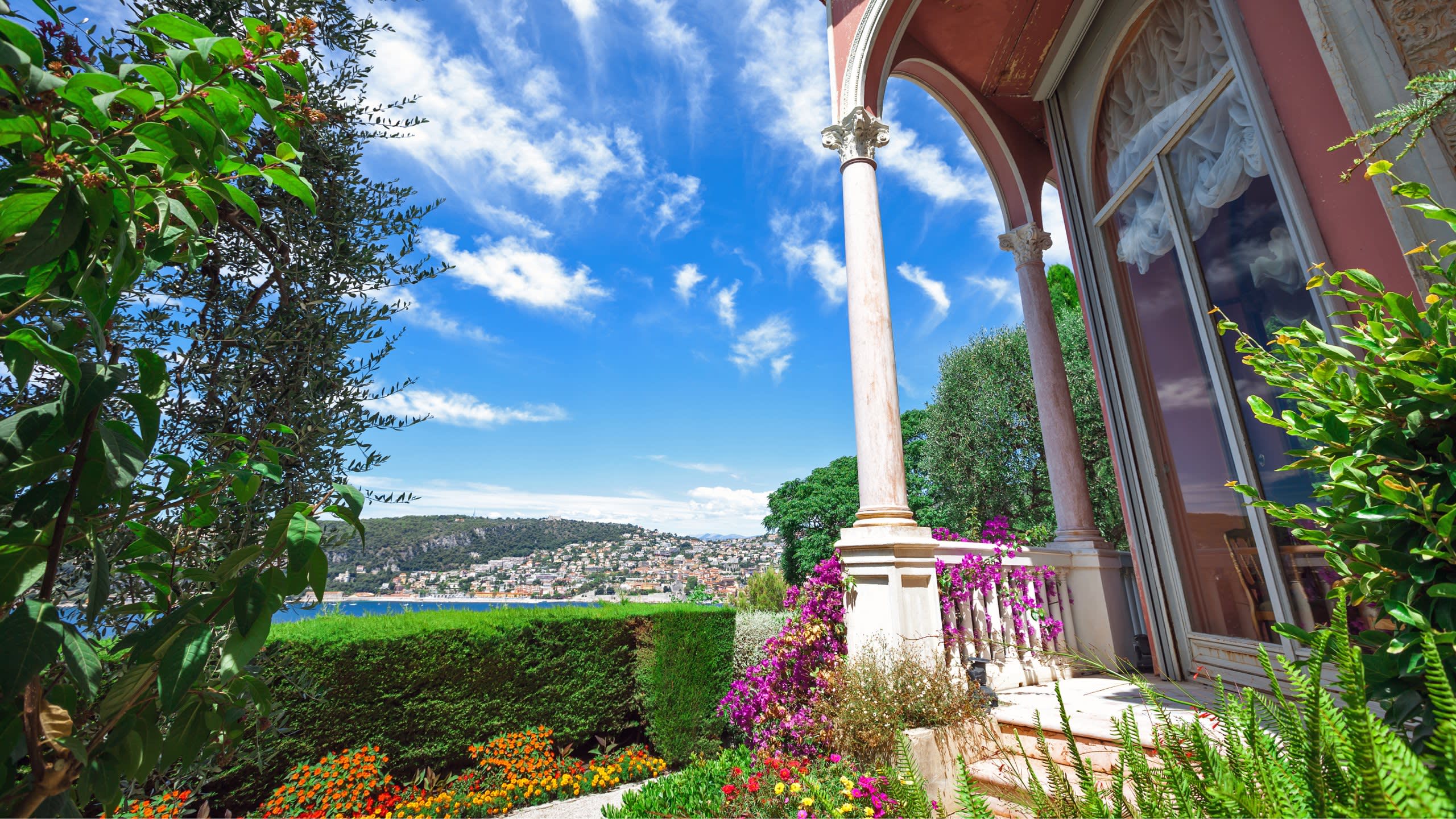
Cap Ferrat
Visit the captivating Villa Ephrussi de Rothschild, a hilltop belle époque palace with magnificent gardens that outdo sumptuous interiors.

Cap Ferrat
A French Riviera destination since 1908 with views looking onto the Mediterranean from all directions
Eze is a veritable eagle’s nest. Known as a village perché, or perched village, it balances above Cap Ferrat like a Disney-esque redoubt. The panorama from its pavement cafés runs from St Tropez to San Remo. Superyachts moor below in the resort of Eze-sur-Mer. A summer playground of European royalty, visitors may frequent its fine dining beach clubs wearing nothing but Vilebrequin shorts. The surrounding roads around Eze have formed the backdrop for many a feature film. In the Hitchcock classic, To Catch A Thief, Grace Kelly rode point with Cary Grant as the pair corkscrewed down to Monaco. Bond film Goldeneye pitched Pierce Brosnan’s vintage DB-5 against Russian assailant Xenia Onatopp's Ferrari 355GTSs.

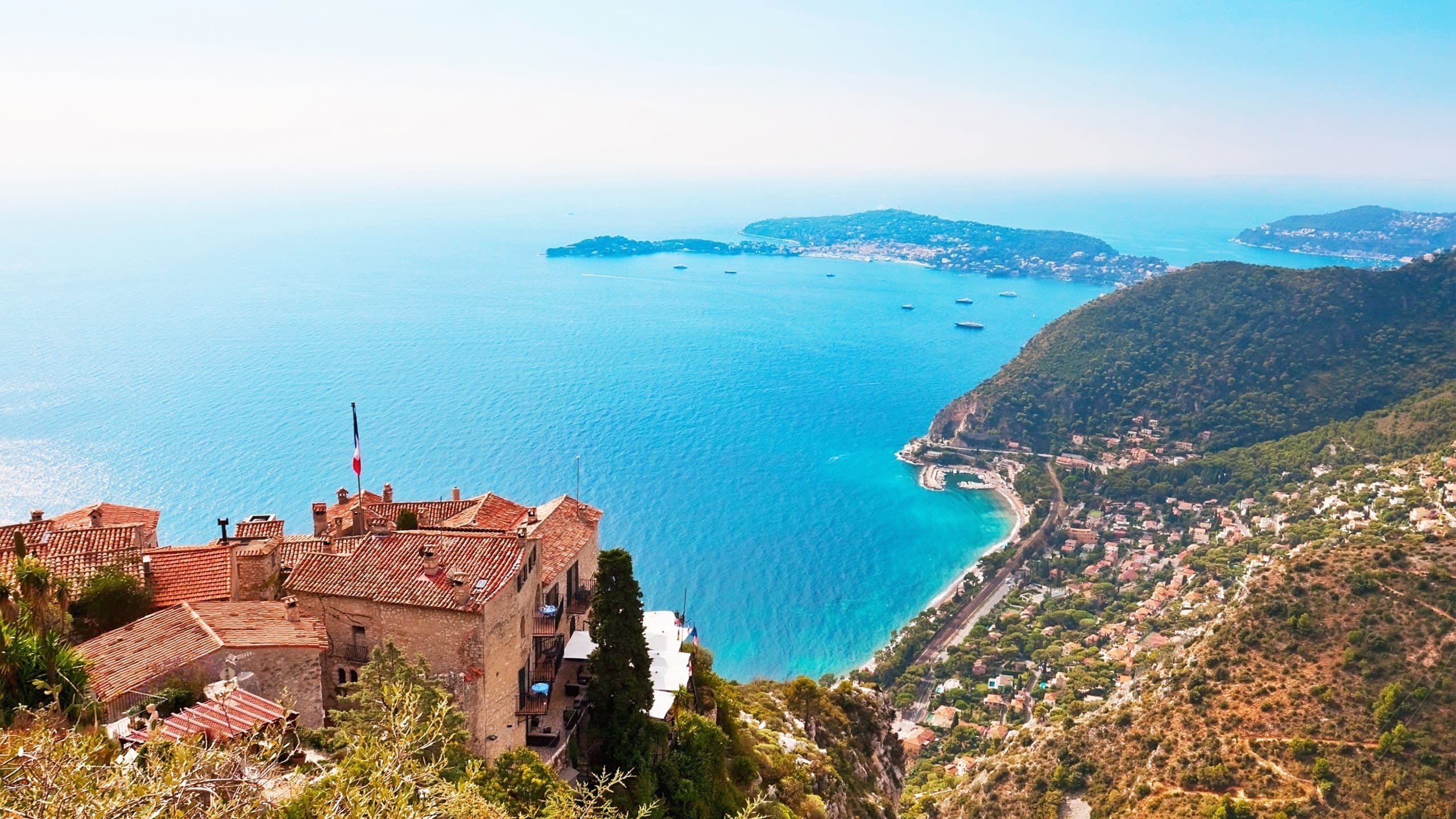
Eze
Sip cocktails or dine in the Michelin-starred restaurant at La Chevre d’Or.
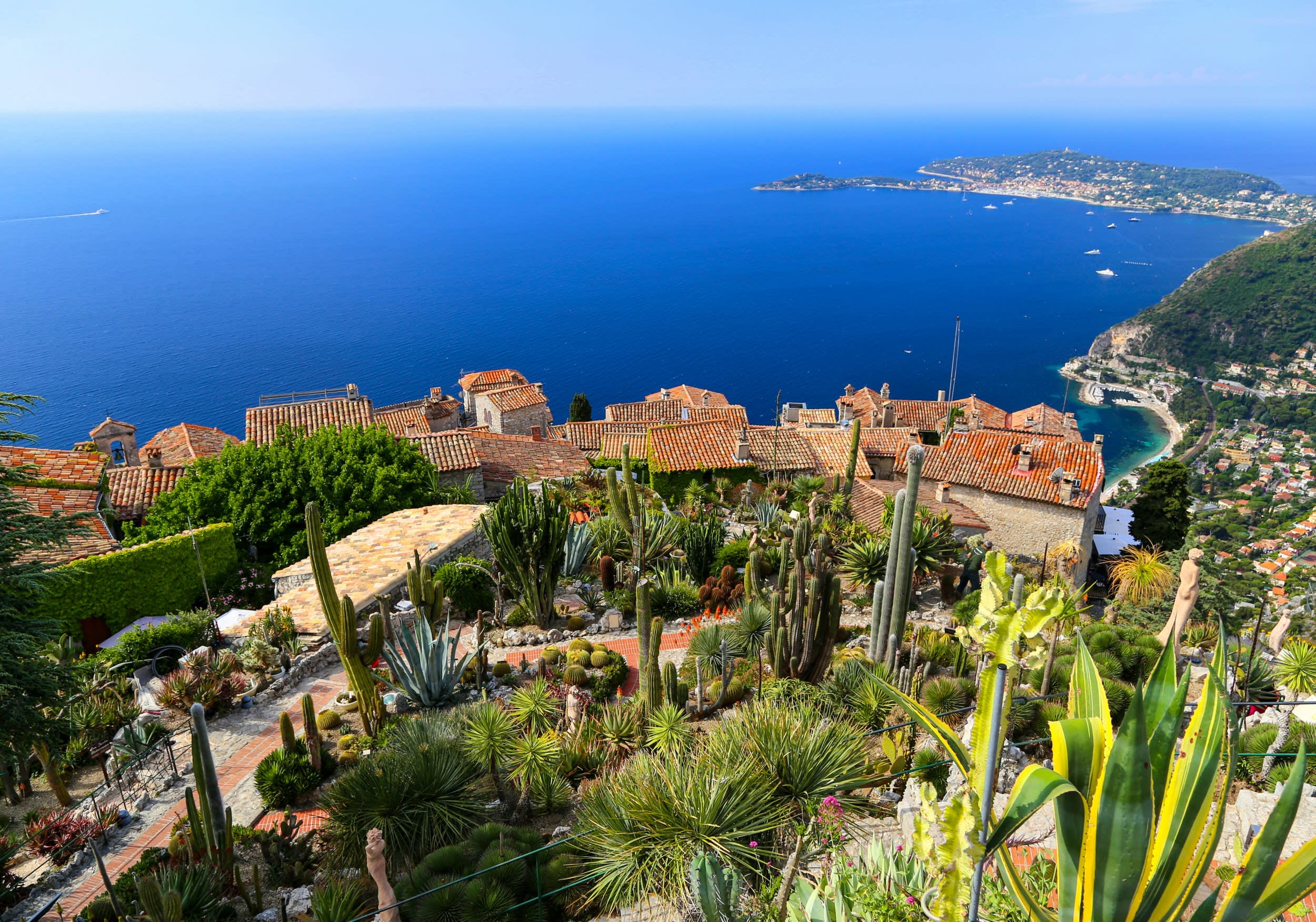
Eze
Walk through Eze's tiny cobbled streets up to the botanic gardens. wander among exotic plants and take in sweeping views of the Cote d'Azur.
Locals call it ‘Nissa la Bella’. The beautiful city drew its wealth from the beautiful people a century ago, as Tsar Nicholas and Pablo Picasso came to play. Artist Henri Matisse painted its flower markets and pavement cafés. His Matisse Museum makes a pleasant change from the beach: although Nice does boast 300 days of sun per year.
The city revels in its polyglot past. Greeks named it ‘Nike’ after their victory God. Italians left the colourful Old Town that endures to this day. Its cosmopolitan cuisine blends Niçois olives with pesto and tarama. Indeed, little Nice holds more Michelin stars than France’s second city, Marseille.

The fortified harbour of Antibes was built to keep foreign vessels out. But it only succeeded in inviting them in. Countless superyachts now call this magnificent port home.
The town’s white stone ramparts formed a medieval backdrop for the likes of Picasso and Monet. Today they encircle an impossibly pretty warren of restaurants, markets and pavement cafés. A simple glass of pastis in Antibes’ bustling square of Place National still elicits a childish charm. In Picasso’s words: “It takes a long time to become young”.
F. Scott Fitzgerald and Ernest Hemingway turned the adjoining Cap d’Antibes into Europe’s most hedonistic stretch of coast. Today’s celebrities – Madonna and the Beckhams included – don’t stumble around it, but jog instead.

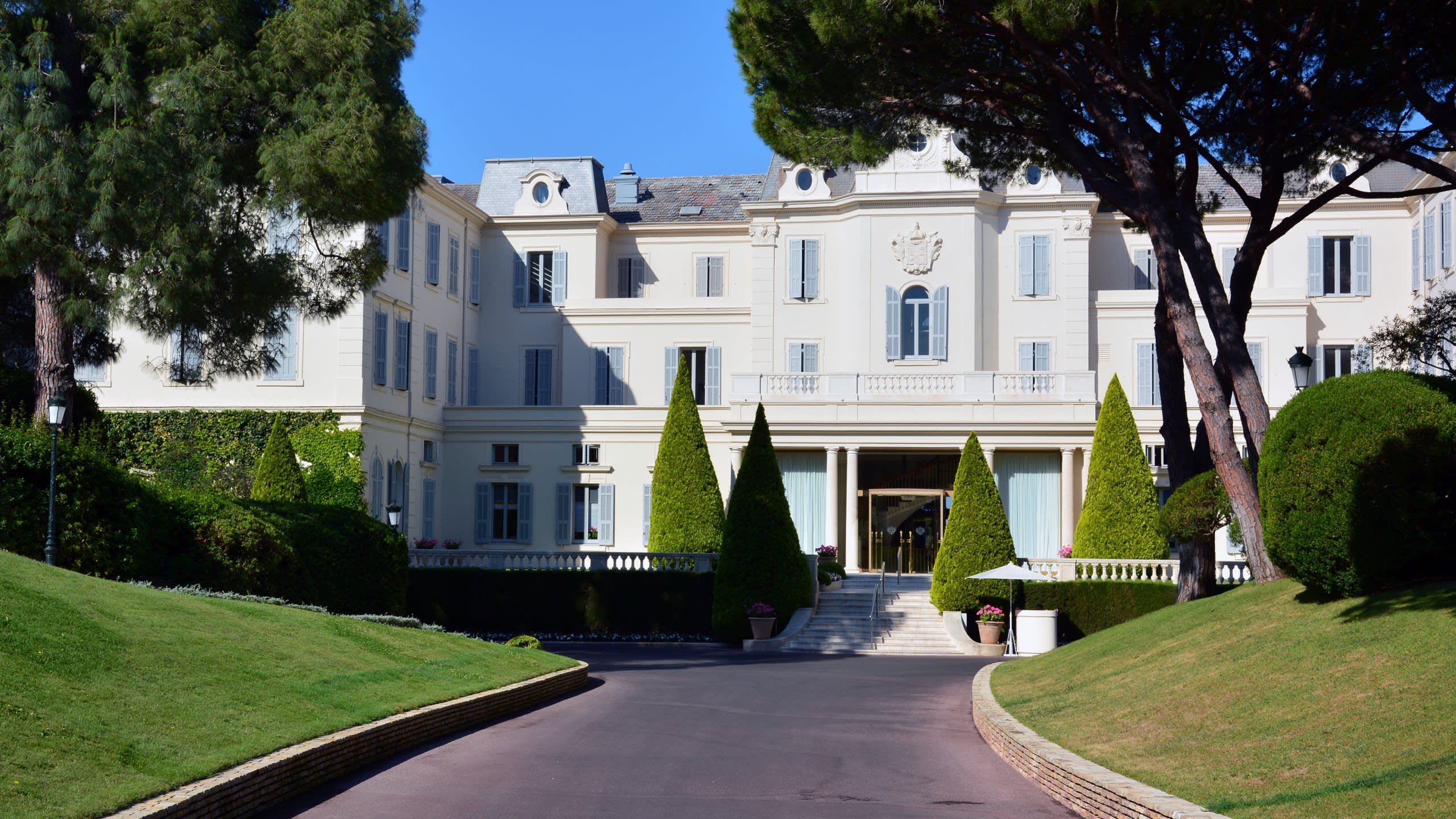
Antibes
The Eden Roc on the Cap d’Antibes is the world’s most exclusive hotel. Its guestbook runs from Rita Hayworth to the Aga Khan. Jet in by tender for one of Christophe Lencioni’s cocktails at the Bellini Bar.
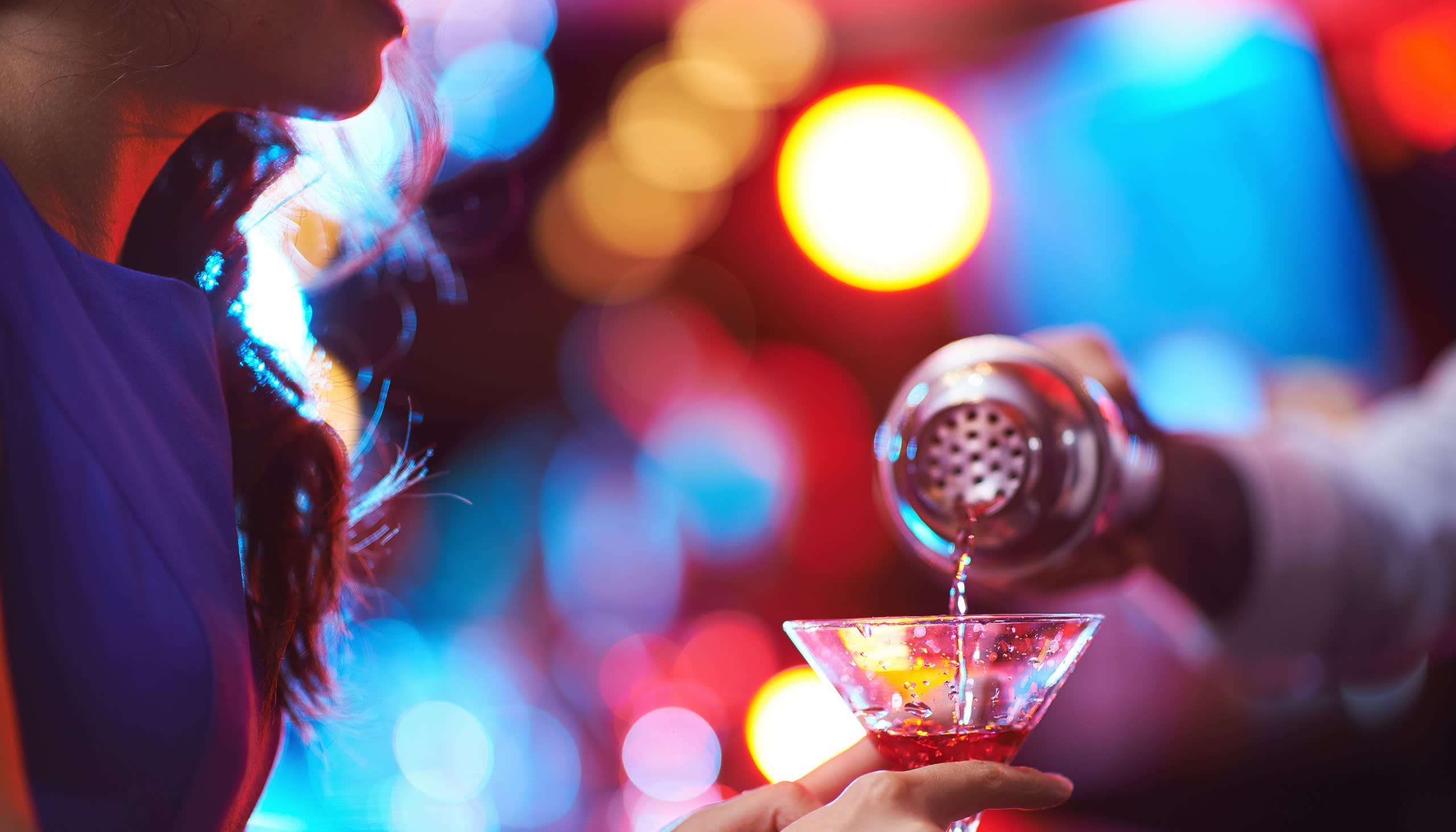
Antibes
Juan-les-Pins clubbing favourites include Whisky-a-Gogo and Le Village. Both welcome royalty, famous guests and anyone wearing a pair of Moss Lipow shades.

Antibes
Cap d’Antibes is privacy personified. It’s lined with art deco villas, stunning mansions and Normandy-style chateaux. Secluded anchorages allow for marine dives among the local squid and grouper colonies.
A mile from Cannes, the two Lérins Islands boast subtropical fauna onshore and a marine paradise just off of it. It’s not only a car-free status that keeps the islands pristine. Ile Ste-Marguerite and Ile St-Honorat are served only by a limited ferry service from the mainland, so one of the few ways to visit is by superyacht. The Man in the Iron Mask was allegedly incarcerated on Ile Ste-Marguerite a few centuries before. Rotten luck for him, as the island is ringed by snorkelling spots, eucalyptus groves and private coves. On neighbouring Ile St-Honorat the sole establishment is La Tonnelle, a restaurant as exclusive as it is sublime.


Iles de Lerins
Experience island dining only 20 minutes from the bay of Cannes. Provencal flavours are complemented by wine made here on Saint Honorat by the monks who share the island.

Iles de Lerins
The fortified monastery, out on the promontory of Saint Honorat, dates to the 15th century. Excellent views stretch down the Cote d'Azur.
Cannes was founded on serious money – and the town has never looked back. It was British Chancellor of the Exchequer Lord Brougham who stumbled upon the sublime setting in 1834. Like any good businessman, he snapped up the coast cheaply, selling land on to lesser European aristocrats at exorbitant rates. Some English Lords brought their own gardeners with them. Others brought their own lawns. Whether Russian-financed, Italian-built or Moorish-styled, their fin de siècle villas now dot the coast. A carefree generation of writers and artists, from F. Scott Fitzgerald to Jean Cocteau, arrived in the 1920s. The grand hotels that dominate the Cannes skyline – the Martinez and Carlton among them – are a legacy of those decadent times. Cannes has long been more celebrity-focussed than St Tropez, more ‘fun’ than Cap Ferrat.


Cannes
Dining at La Palme d’Or is pure theatre. Say hello to double-Michelin starred Christian Sinicropi. Try his spider crab crème caramel, followed by his smoking sugar ‘crystal ball’.

Cannes
On St Honorat Island, yacht guests can explore in total peace. The only other local residents are a silent community of Cistercian monks.

Cannes
Film and fashion clash at Cannes each May. At festival time, the entire resort is Red Carpet only. Kick off your own french riviera private party aboard your luxury yacht.
In 1882, artist Paul Signac sailed his yacht Olympia into St Tropez. He found a living canvas ablaze with colours, characters and countless cafés, but it was Brigitte Bardot who tempted hedonists, not artists, down to the sun. The young sex symbol was a breathless advertisement for the resort in her 1956 movie "And God Created Woman", shimmying suggestively through the nightclubs of St Tropez.
The scene is similarly liberal 50 years on. The Vieux Port establishments that served Bardot and Alain Delon now attract the likes of George Clooney and Keith Richards. Other areas of town are wildly hedonistic, most notably Plage de Pampelonne.


St Tropez
Appearance is everything. Arriving at Club 55 by car is like ordering a half-bottle of Champagne. Order Deutz, frites and frutti di mare. Then paddle or tender back to your waiting yacht.

St Tropez
300 classic yachts + 26-mile marathon race to the Plage de Pampelonne = the Voiles de St Tropez. Experience the thrill of competition.
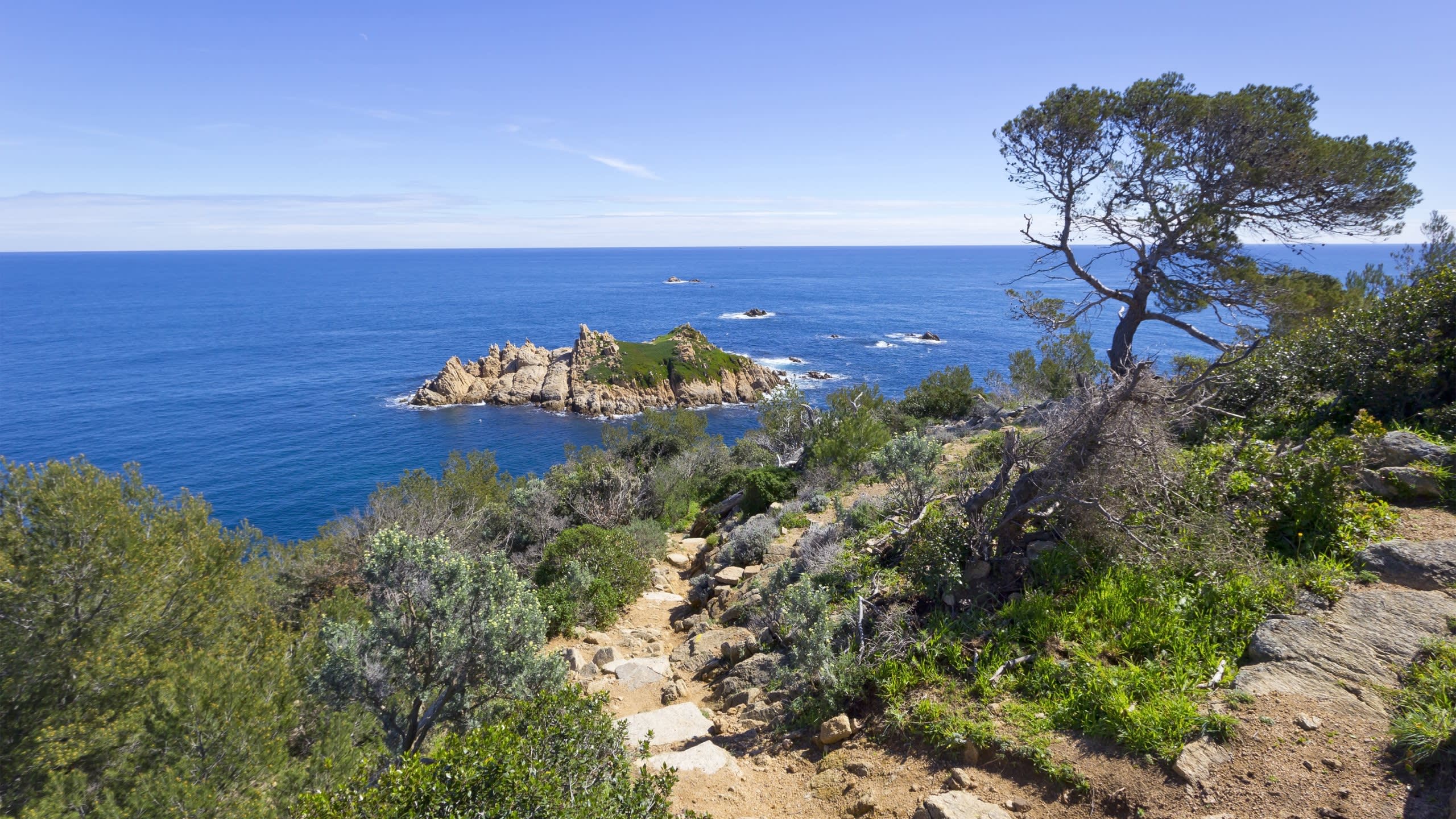
St Tropez
Walk the 35km Sentier du Littoral (coastal path), which snakes round the coast to Cavalaire-sur-Mer.
The Eden-like islands of Porquerolles and Port-Cros are among the sunniest places in all France. Each combines Bahama-blue water with Thai-style golden sand. Better still, both islands bask in National Park status. Each is unspoilt, car-free and – after the odd ferry returns to the mainland – totally tourist-free.
Porquerolles is a gentle weave of green hills, stone forts and white sand shores. Imagine St Lucia or Dominica with added rosé. Indeed, the island has its own 34-hectare vineyard, Domaine de l'Ile. Bottles can be sampled at the domain itself or at l'Olivier, the single Michelin-starred Mediterranean restaurant on Porquerolles’ southern tip.
Tiny Port-Cros is feral and untamed. Some 35km of walking and jogging tracks wind through its Mediterranean forest wilderness. A series of undersea snorkelling trails lead out across deserted bays.


Porquerolles
Sample Domaine de l’ile, the local Porquerolles rosé grown and served on the islands’ own 34-hectare vineyard.
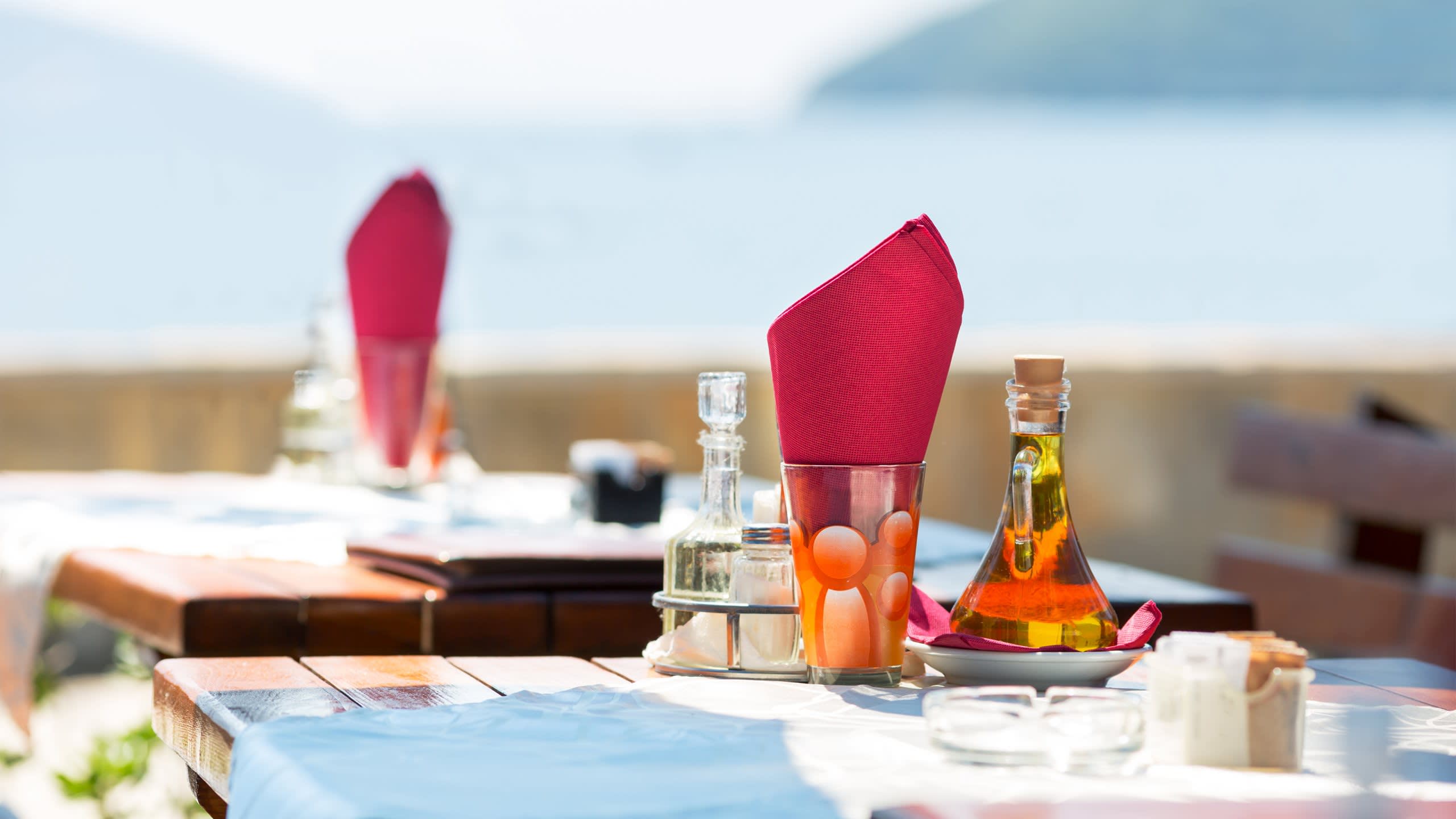
Porquerolles
Dine at l’olivier, the Michelin-starred restaurant on the southern tip of the Porquerolles islands.
Welcome to the most hedonistic beach in the world. At beach clubs like Club 55, ordering merely a single magnum of Deutz is frowned up. However spraying it over your dining guests is considered de rigueur.
Plage Pampelonne has attracted fun-lovers for five decades. Brigitte Bardot and Alain Delon cavorted in the golden sands. Paris Hilton and Keith Richards are current fans. Licentiousness continues along the 5km sands. Champagne corks pop faster than a Ferrari on the coast road from Sainte Maxime. But be aware of Tahiti Plage – it’s 100% nude.

Natural beauty, year-round sunshine, turquoise blue waters and a Mediterranean climate. From the palm-lined Promenade des Anglais alive with pavement cafés to the atmospheric old town bustling with flower markets. Nice is the unofficial capital of the Côte d’Azur, an enchanting seaside city buzzing with Riviera glam.

We use cookies to enhance your browsing experience, analyse our traffic and provide personalised marketing. You can choose whether to accept these, or reject all but essential cookies, according to our Cookie Policy.
let's chat.
Get in touch with one of our teams around the world
Where you'll find us
Monaco — MC
+377 93 50 12 12London — UK
+44 20 7584 1801Fort Lauderdale — US
+1 954 278 3970Auckland — NZ
+64 9 281 5133Contact us
[email protected]Length
Price per week
Dates
Size
Length
Price
Price per week
When
Dates
0 Results
SearchLength
Price per week
Build range
Size
Length
Price
Price per week
Year
Build range
0 Results
Search